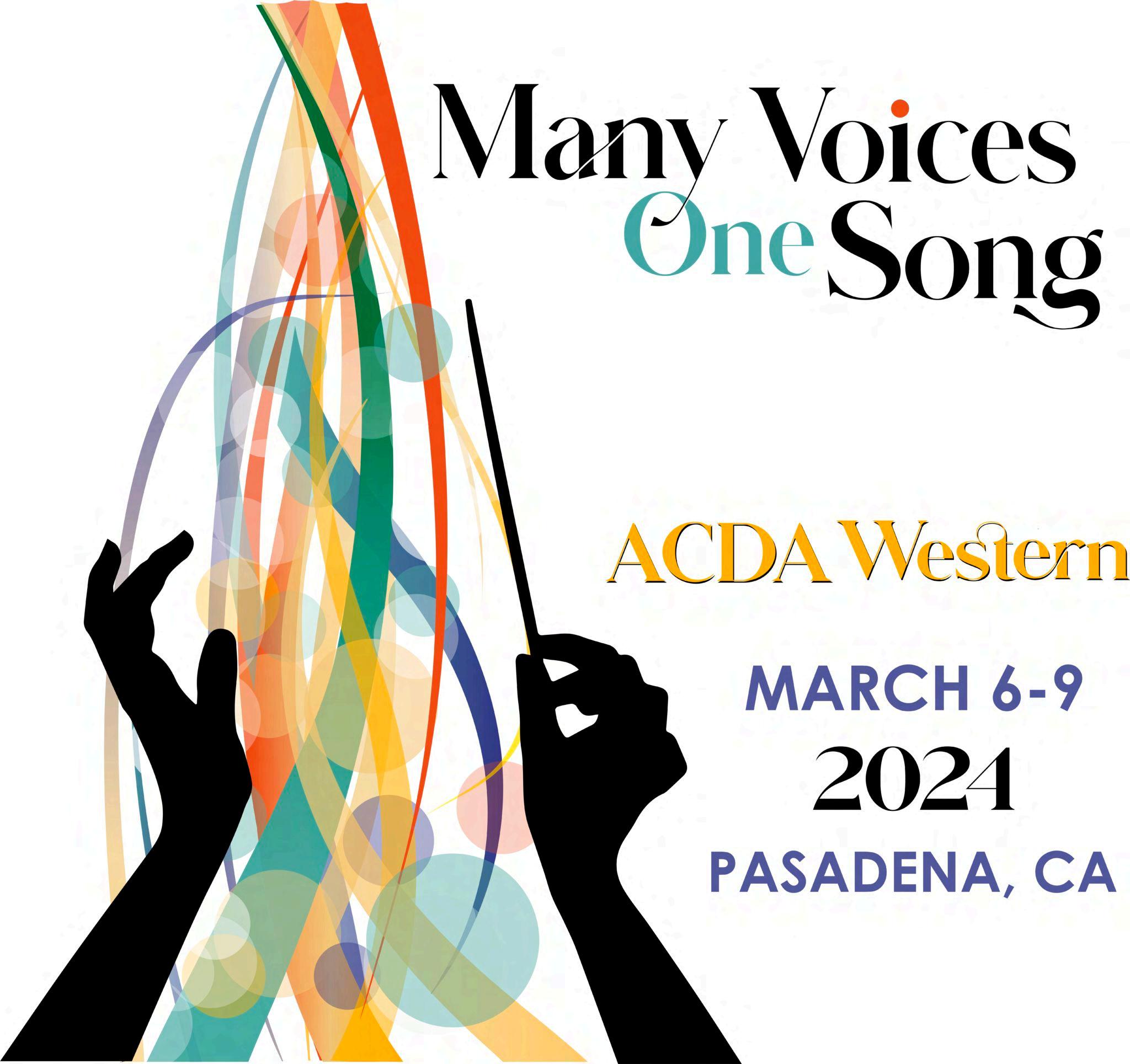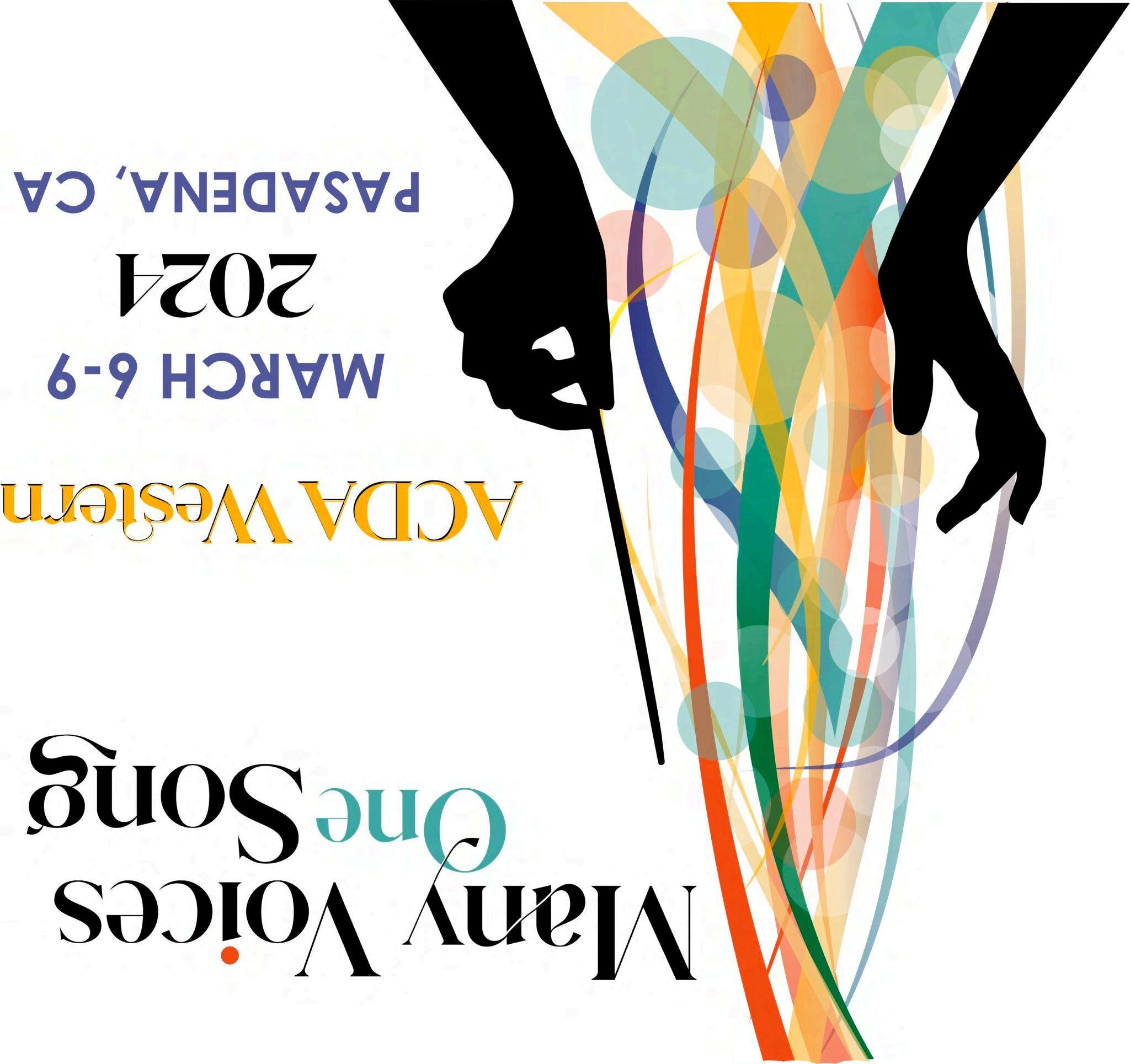
AMERICAN CHORAL DIRECTORS ASSOCIATION
WESTERN REGION NEWSLETTER SPRING / SUMMER 2024


AMERICAN CHORAL DIRECTORS ASSOCIATION
WESTERN REGION NEWSLETTER SPRING / SUMMER 2024
Western ACDA Board Executive Committee
Michael Short, President
Lou De La Rosa, Past President
Julie Dana, President-Elect
David Sonnichsen, Treasurer
Lori Marie Rios, Special Advisor to the President
Joan Steinmann, Recording Secretary
State Presidents
Katie Gerrich, Arizona President
Arlie Langager, California President
Chris Serrano, Hawai‘i President
Jennifer Lowry, Nevada President
Emily Mercado, Utah President
Western ACDA 2024 Conference Committee
Cari Earnhart, CA
Conference Committee Chair
Scot Hanna-Weir, CA
Conference Committee Vice Chair
Lori Marie Rios, CA
Special Advisor to President
Kim Ritzer, NV
Registration Chair
Ryan Duff, NV
Registration Committee
Joan Steinmann, UT
Recording Secretary
David Topping
Conference App
Olivia Arnold
Conference Program Editor
Angelina Fitzhugh, CA & Emily Mercado, UT
Interest Session Co-Chairs
Corie Brown, CA
Interest Session Committee
Kristina Nakagawa, CA
Site Liason, Interest Sessions
Carolyn Teraoka-Brady, CA
Site Liaison, Performing Choirs
Molly Peters, CA, Camille Killpack, UT
Performing Choir Co-Chairs
Molly Peters, CA, Camille Killpack, UT
Performing Choir Co-Chairs
Jennifer Heder, CA
Performing Choir Committee
Marc McGhee, CA & Vivian Santos, CA
Honor Choir Co-Chairs
Tammi Alderman, CA & Jennifer Tibben, NV
Reading Session Co-Chairs
Lou De La Rosa, CA & Jennifer Lucy Cook, CA
Composer Track Coordinator Co-Chairs
Western ACDA Board Advisory Committee
Jennifer Tibbens, Lifelong R&R Coordinator
Alan Petker, Community Chair
Tim Westerhaus, Repertoire R&R Coordinator
Angel Vasquez Ramos, World Musics and Cultures Chair
Rodger Guerrero, Collegiate R & R Coordinator
Desirée La Vertu, College and University Choirs
Michelle Jensen, Student Activities
Christina Swanson Hall, Youth R & R Coordinator
Aimee Stewart, Community & Children R&R Chair
Athena Mertes, Junior High Middle School Choirs Chair
Dan Jackson, Senior High School Choir Chair
Emily Burkhardt, Elementary School Choir Chair
Diversity, Equity & Inclusion Committee
Kristina Nakagawa
Yu-Feng Huang
Tiffany O'Neill
Ernest Harrison
Emily Mercado
Ryan Duff
Nicki Manlove
Communications Committee
Elizabeth Baker, Social Media
Anna Caplan, Webmaster
Olivia Arnold, Tactus Editor
Front page images sourced from the Library of Congress
Arizona: Tucson,April2008,thesaguaroisalargecactusspeciesnativetotheSonoranDesertinArizona
California:Mariposa,2001,AviewofMirrorLakeinYosemiteValley
Hawai‘i:Kaua‘i,February1991,HanaleiPierlookingwest
Nevada:BoulderCanyon,March1939,FishermanalongsidetheArizonaintaketowersofBoulderDam
Utah:NortheastUtah,April1942,Landscapewithmountainsanddesert

DearReaders,
I am writing to you at the end of festival season -- a new experience for me! Having attended schools that were not involved in solo & ensemble festivals, our sights were set on concerts, district, and all-state choir opportunities. Preparing for contests requires another level of determination, grit, and stamina that, to be honest, I don’t think I had as a high schooler. When I hear so many successful ensembles, I know I am hearing the hard work of students that came before, the director’s commitment to musical excellence, manybeforeandafterschoolhoursofpractice,andsingers’loveofmusic.
I was incredibly fortunate to meet readers, writers, fellow editors and choral music educators at the Pasadenaconference!Workingonthenewsletteristypicallyasoloactivity--withsupervisionfrommycats-so meeting folks in person was a real treat. Thank you to those who introduced themselves to me, gave me feedbackon Tactus,andwhowillbefuturewritersfromtheconferencewriter’sworkshopseminar.
Additionally, thank you to the team that proofread the conference program and helped me through the many months-long process: Anna Caplan, Julie Dana, Cari Earnhart, Lou De La Rosa, Michael Short, and ScotHanna-Weir.
Readers, I hope that you are inspired and uplifted by the work of our fantastic colleagues featured in this issue as much as I am. This issue includes messages and reflections about the WACDA 2024 Conference, advice for the classroom, a review of a composition contest, works by Greek choral composers, state highlights,andmuchmore.IfImightsuggestatakeawayfromthisissue,itwouldbeto check in on a friend. Send a quick text, let them know you’re thinking of them, or pass along positive words of encouragement. Youneverknowhowmuchyourkindnessmeanstosomeone!
Asalways,feelfreetoemailmeattactuseditor@acdawestern.org.
Allthebest,
OliviaArnold TactusEditor
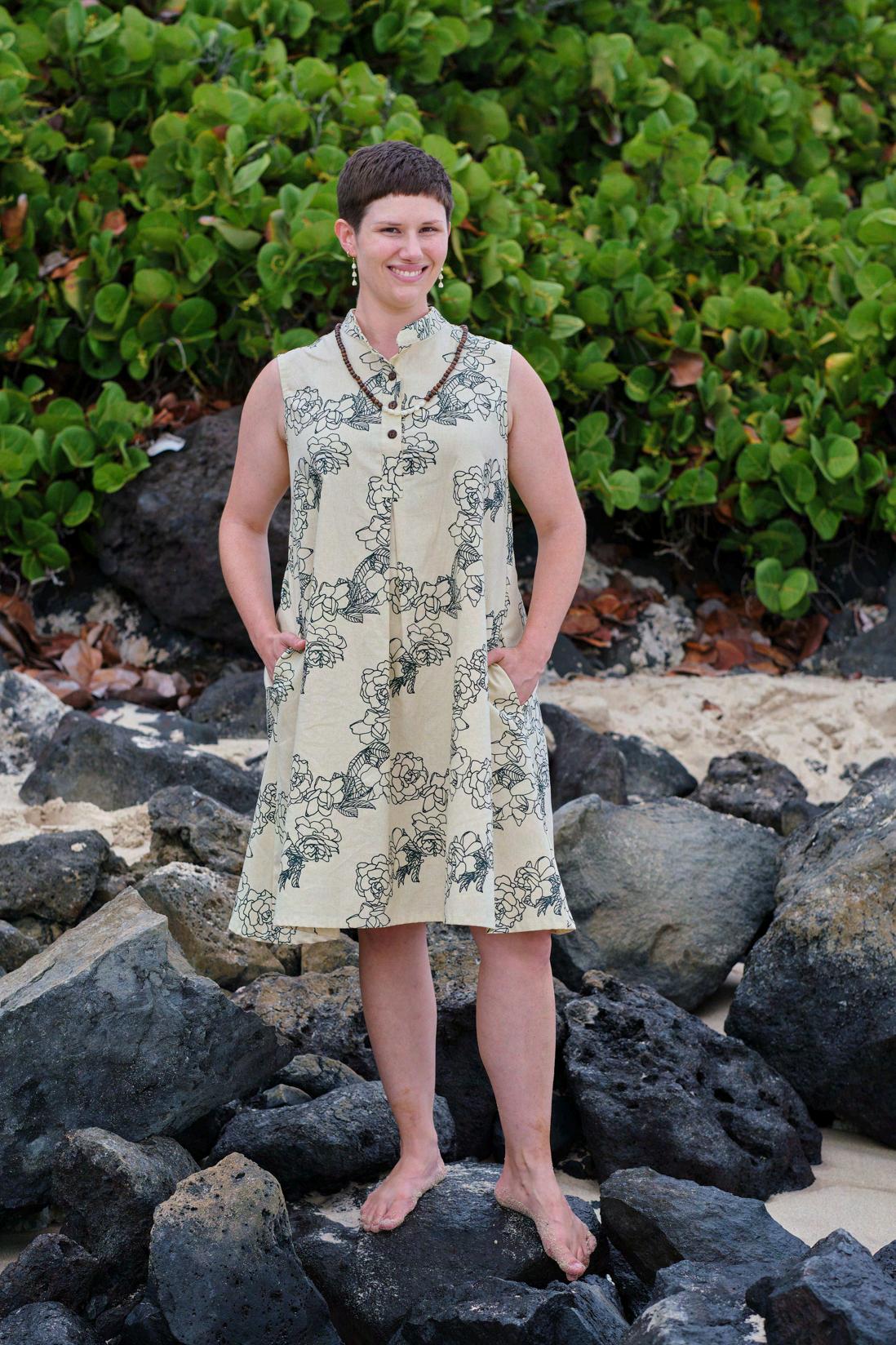
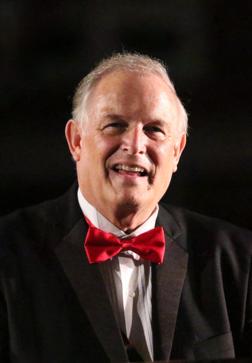
ThisismylastarticleasPresident ofWACDA.Ithasbeenanhonor and a pleasure to represent you to our choral community. I am humbled and am honored to be in the company of such amazing choral musicians. We are so fortunate to have such amazing conductors, facilitators, leaders, andteachersinourranks. As a choral musician, director of church (over 35 years),college,community(over30years),elementary, and public high school (over 44 years) choirs, I have found that the connecting thread is service. To me, serviceincludes:
The idea was to bring us all together to listen, sing, learn and be inspired. I hope you feel we all were able to enjoy and take some of the music, energy and inspiration back to our churches, ensembles, schools, and universities. I hopeyourbatteriesarerecharged!Thereasonthatwedo this is to help ourselves to grow and to celebrate our art! Thankyouforattending!
It was a distinct honor to have Joseph Huszti as the conferencehonoree.Hehasdedicatedhislifeandcareer to his students and to the art of choral music. We recognized his contributions to our profession and experience his teaching through a master class. Thank you,ProfessorHuszti,youareaninspirationtousall!
1. Integrity — doing what is right even when it is the difficultthingtodo, 2. Going the extra mile for an individual — it doesn’t detractfromthegroup!
8.
Listening to and understanding others — “I see you!”
3. Creating something where there was nothing before, 4. Being an ‘anchor’ —dependableandstrong, 5. Showing kindness even when others do not reciprocate, 6. Owning up to mistakes and giving credit where it’s due, 7. Being forgiving, open-minded, and working well withinateam.
There are wonderful people in ACDA who have kind hearts and incredible brains. The leadership for the future of ACDA is bright! Julie Dana, your incoming president, has new ideas, energy, and dedication that will make Western Region ACDA and our “One ACDA”astrongerandbetterplace!
The “Many Voices, One Song” conference lived up to its meaning. This conference featured 17 auditioned choirs, 2 invited ensembles, 4 honor choirs, 18 Advancing the Arts sessions, exhibits, conducting master classes, toolbox, composer masterclasses, and reading sessions. Additionally, the Service of Unity and All-Conference Sing provided more opportunities to engagewithoneanotherthroughsong.
The conference committee members are amazing and gifted people. They not only work their regular choral jobs, but have also dedicated their time to run a conference. Iapplaudallwhogavetheirtime,especially Cari Earnhart, Scot Hanna-Weir, and Julie Dana. Everyone’s work and dedication made this conference onetoremember!
If you are like me, at all, everything that anyone says reminds me of a song. In closing, I would like to quote from “The Poet Sings” by Z. Randall Stroope with the poetry from the English poet Richard Le Gallienne (1866-1947)
“Stay the course, Light a star Change the world where’er you are!”
We change the world using music as our tool to humanity and creative people to change the world in a positive way! Please don’t give up! Know that what you are doing is a wonderful thing and you make that special difference to all the people that you touch everyday!PleasereachoutifIcanbeofservicetoyou! Blessingstoall!
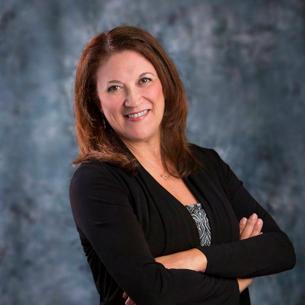
It’s been a long road of musical passion for me. Having grown up inahousefullofmusicallmylife, it is not surprising that I have spent my life making music. It might surprise for you that I grew up in Mexican music culture. I didn’t really know what ‘classical music’was.
I never attended symphonic concerts, or choral concerts dressed in finest attire. Our family gatherings were my concert upbringing. With guitars out, everyonewassingingcorridos,folksongsfromMexico, and mariachi style music. The harmonies filled the house as my abuelos, tios, parents, siblings and cousins sang with passion at the top of their lungs! THIS was my musical upbringing: family, passionate singing and joy. When I accidentally ended up in choir in junior high, it was a fun social event for me and had all the “vibes” of my family gatherings, just a little different. Our director was also a composer, so we thought it cool when we featured a song he wrote for us! It was a ‘no brainer’ that I would continue with choir in high school. I was singing with some incredible people there, marveling at their beautiful voices and musical skills. I couldn’t read a note at that point so I was all ears. I didn’t know anything about voice lessons or private teachers, the things that I later made sure my students knew to pursue if they were serious about a career in music. Not knowing what I didn’t know, I sang with abandon and auditioned for every solo. (I’m sure my director cringed every time I did, listening to mycompletelyuntrainedandoutofcontrolvoice!)My best friend always got those solos, having taken voice lessons for years - I’m talking the soprano solos in Messiah!
SoitshouldcomeasnosurprisethatwhenIgraduated with my degree and credential, I had no idea that ACDA existed. For 9 years I taught without a clue as to what I was missing! When I attended my first conference in San Antonio in 1993 my “choral awakening” began! I had all the questions: ‘How do theygettheirgroupstosoundlikethat?’‘HowdoIget mykidstosoundlikethat?’Iwasamazedandhorrified as I thought back on years of choirs I neglected due to myinexperience.
That year was transformative: I used every resource that ACDA provided to attend summer workshops, conferencesandfestivalsformygroups.
At one Southern California Vocal Association festival, an adjudicator wrote in the “For Director Only” section of the form asking me to stop feeling the music for my students, and conduct so that they were doing the work! A few weeks later I was invited to sit in on his conducting seminar course (Thanks, Joe Huszti). At another workshop, I dared to start up a conversation with the wonderful Paul Salamunovich asking for his thoughts on how I “catch up” learning all these skills that I clearly don’tpossess.Hetoldmetogotoconcertsandwatchthe conductors and when I liked what I saw and heard, ask for private lessons. Later that year, not long after an honor choir concert where I saw her conduct, I began drivingafterschoolfromSanClementetoLongBeachto study with one of the most beautiful humans I have ever known,Dr.LynnBielefelt.
I can go on for days about how ACDA has gifted my life with experiences and family that I continue to treasure. My gratitude is great and I have been able to turn that gratitude into service that has continued my growth and learningasachoraldirectorthankstoACDA.Istartedon the California Board by taking meeting minutes and gradually served in other capacities until I became state president. As I joined in serving our Western Region this ACDA choral family has continued to grow and I am reminded often about how important these choral relationshipsareinmylife.
I have loved watching and learning from our young, talented conductors coming up through the ranks, even asIcompletemysecondyearofretirement.IadmitthatI miss having a choir in front of me every day. That part of my family was such an integral part of who I am. However, you, my colleagues, have given me a new “charge” as I prepare for my role as Western Region President beginning July 1! As I look forward to assembling the 24-26 Western Region Board and conference team, I hope you will communicate your needs to us so we can better serve you, beyond the conferences, during the year. I have already met many amazing choral professionals from our five states and am looking forward to meeting many more! You can help us bycompletingthe2024Post-ConferenceSurvey,orifyou did not attend, please feel free to communicate directly withmeat:jreydana@gmail.com.Sendmeyourthoughts, ideas and comments about how the Western Region Board can better serve you and your singers. I am humbled and grateful for your support and I look forward to serving you with the rest of the 24-26 Western Boardaswemoveforwardtogethertoshareinthechoral arts!


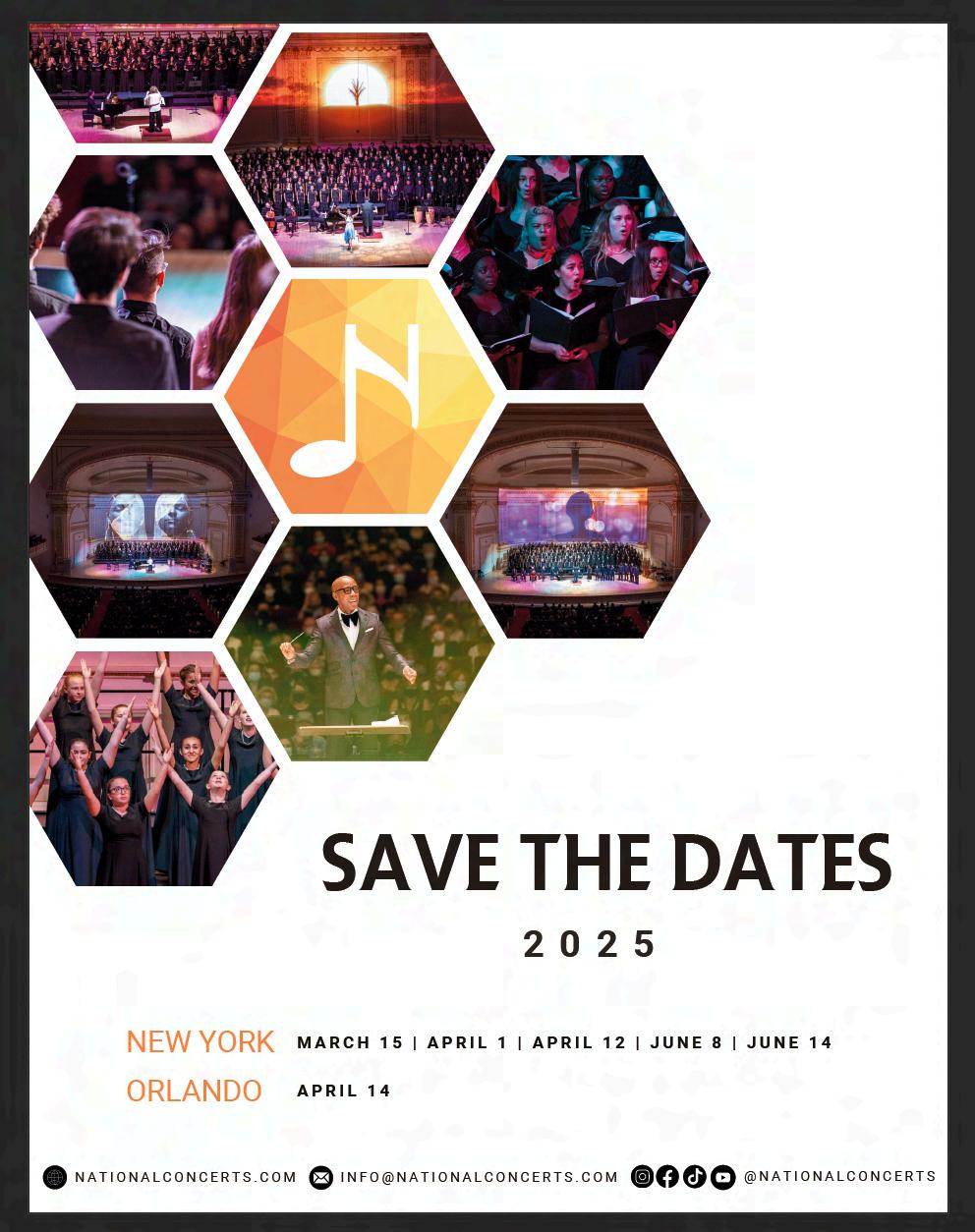
Nā Haku Mele began as an idea and a zoom call between myself, Dr. Erica Glenn of Brigham Young University Hawai‘i, and Dr. Alec Schumacker of Hawai‘i Pacific University. Hawaiian choral music is a genre that I cherish, and wanted to create new pathways for young composers to explore their voice through new works in ‘ōlelo Hawai‘i (Hawaiian language). Dr. Glenn and Dr. Schumacker brought focus to the idea by introducing a joint reading session that combines the Ho‘olōkahi Chamber Choir of Brigham Young University Hawai‘i, the International Vocal Ensemble of Hawai‘i Pacific University,andtheChamberSingersoftheUniversityof Hawai‘i at Mānoa. With the incentive of winners receiving a reading by three of the highest level collegiate ensembles in Hawai‘i, as well individual feedback for all entrants, regardless of whether or not they were selected for the reading session, we had an excellentinauguralyearfortheevent.
This year’s call stipulated that we would accept arrangements of six different compositions by Queen Lili‘uokalani, Hawai‘i’s last reigning monarch and an accomplished composer and musician. Of her over one hundred and fifty compositions, less than 20 had been publishedduringherlifetime,andnewarrangementsof her unpublished works would contribute to the rich historyandrepertoireofourislandhome.
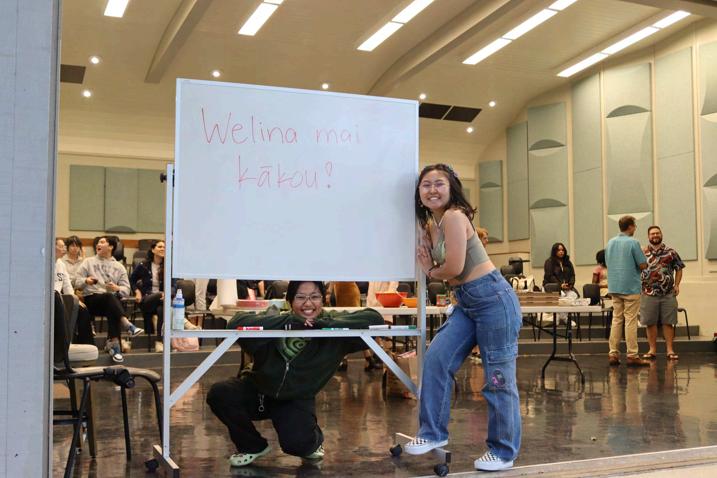
The six works featured Lili‘uokalani’s ability to write in both ‘ōlelo Hawai‘i and another language, with “By and By Ho‘i Mai ‘Oe”, “E Kala Ku‘u ‘Upu ‘Ana,” “Liko Pua Lehua,” and “Thou Art E Ka Nani Mai ‘Ole” using Hawaiian and English, and “Ke Anu E Kō Mai Nei” and “OlivaTaravase”usingHawaiianandSpanish.
WeputoutthecallforscoresearlyintheFallsemesterto all college level music programs in Hawai‘i, and received 24 entrants from undergraduate and graduate students from multiple campuses. Of the entrants, the adjudicators Dr. Erica Glenn, Dr. Alec Schumacker, Nola Nāhulu, and myself selected 3 winners and 3 honorable mentions:
Winners:
“By and By Ho‘i Mai ‘Oe” arranged by Thiago Cossi (UniversityofHawai‘iatMānoa)
“Liko Pua Lehua” arranged by Haruna Sato (Brigham YoungUniversityHawai‘i)
“Thou Art E Ka Nani Mae ‘Ole” arranged by Paul Cosme (UniversityofHawai‘iatMānoa
Honorable Mentions:
“KeAnueKoMaiNei”arrangedbyRebekahSneddon “EKalaKu‘u‘Upu‘Ana”arrangedbyAnaHolo‘ia “OlivaTaravase”arrangedbyJohannaChou
On February 28th, 2024, the Brigham Young University Ho‘olōkahiChamberChoir,theHawaiiPacificUniversity International Vocal Ensemble, and University of Hawai‘i at Mānoa Chamber Singers came together in fellowship, food, and music to read through the three winning scores. Under the direction of Dr. Joshua Habermann, Dr. Erica Glenn, and Dr. Alec Schumacker, the students rehearsed each work for 25 minutes followed by a recorded reading of the work that the composers can share with the world. The composers collaborated with each conductor to help the combined choir understand their interpretation of the queen’s music and also brought clarity to challenging sections of each of their works.
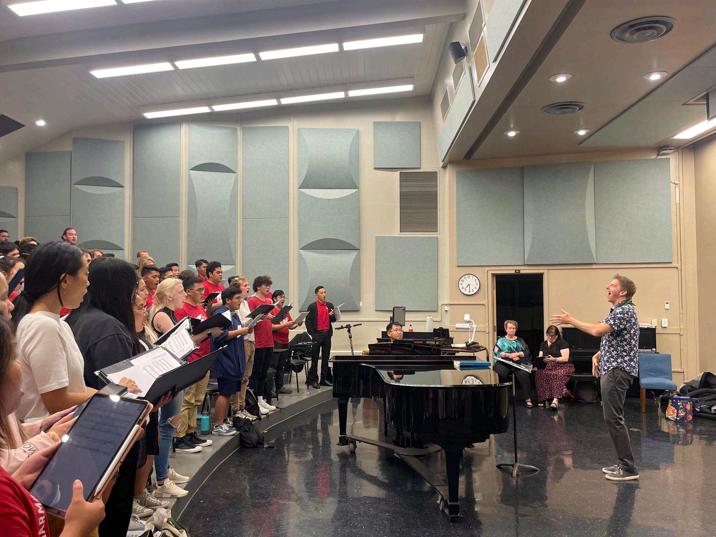
For example, in “By and By Ho‘i Mai Oe,” Thiago Cossi used body percussion to emulate the sound of an ipu heke, a traditional hand struck gourd instrument for hula,toprovideasenseofpropulsionthroughthework. Ofcourse,oneofthechallengeswequicklylearnedina reading session environment is that it is difficult to stop and pat while holding music. Even so, it was well received and effective, and provided another dimension tothework.
In Haruna Sato’s “Liko Pua Lehua,” she uses canon extensively throughout the work, dynamically lengthening and shortening the distance between entrancestomimicthewaveoftheweepingwillows.
Paul Cosme cleverly uses harmonic cadences to reference his own experience living in Hawai‘i away from his home in the Philippines. Each cadence is flawed, dissonant in a way to express his own grief of hoping to return home, just as Lili‘uokalani writes e ho‘i i ka home onaona, to return to the sweet fragrance of home.
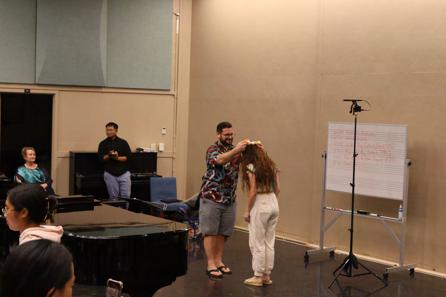
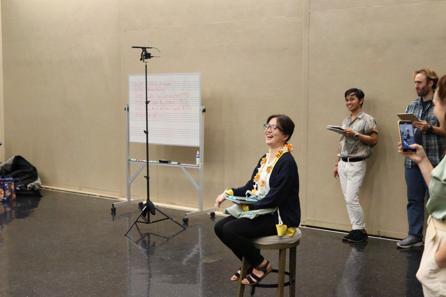
One point that has stuck with me was made by Nola Nāhulu during the event: each of these composers are not only not from Hawai‘i originally, but are internationalstudentswhowerestudyinginHawai‘ifrom all across the globe with Thiago Cossi from Brazil, Haruna Sato from Japan, and Paul Gabriel L. Cosme from the Philippines. These students have invested significant time into not only their fields of study, but also to understanding the host culture of Hawai‘i. It is because of their intimate experience of Hawaiian language and culture they are able to write new works in Hawaiian language, while also bringing their own experiencestotheirarrangements.
This is the core of Nā Haku Mele, to embrace the talented musicians and composers who hone their craft here in Hawai‘i to be the torch bearers for new works in Hawaiian language. We hope that in the future we can create a resource for these works to be shared with the world, and to provide choral conductors interested in sharingHawaiianchoralmusicintheirensembleaspace tolearn.

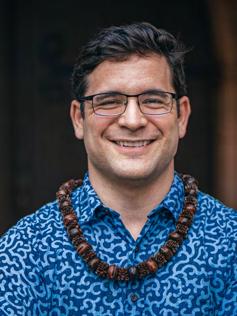
Thomas Alexander Otto Goedecke (PhD, Music Composition), based in Honolulu,Hawai‘i,ismostknownfor his work intersecting sound worlds fromwesternandPacificnon-western voices. He specifically finds joy in working with indigenous languages of the Pacific and combining them with traditionally western ensembles, advocating for the proliferation and celebration of Polynesian, Asia-Pacific, and American indigenous art. For the past decade he has enjoyed his time singing and composing in Hawai‘i where both he andhiswife,Katrina,currentlyteach.
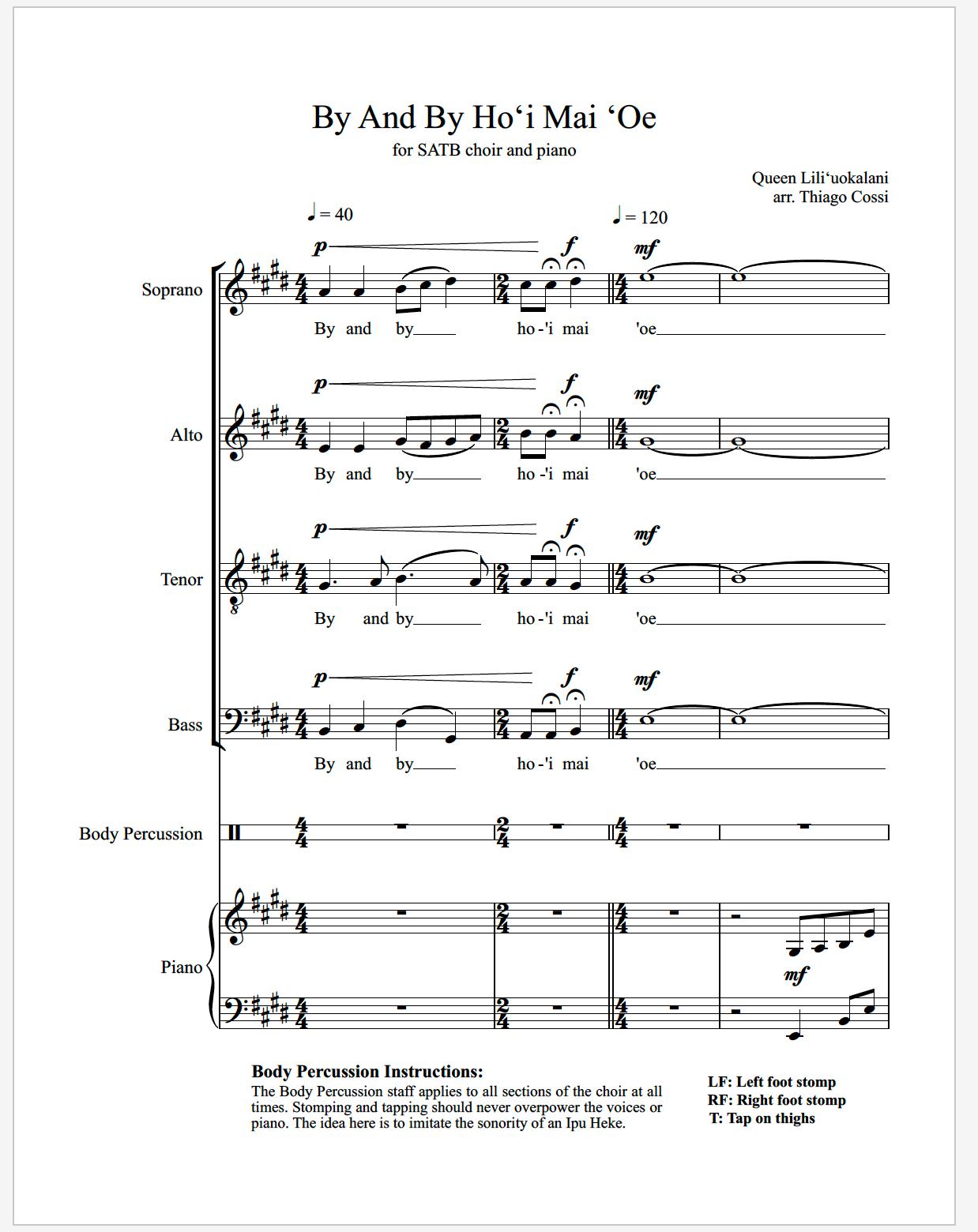
Reprinted by permission of the composer
By and By Ho‘i Mai
Reprinted by permission of the composer
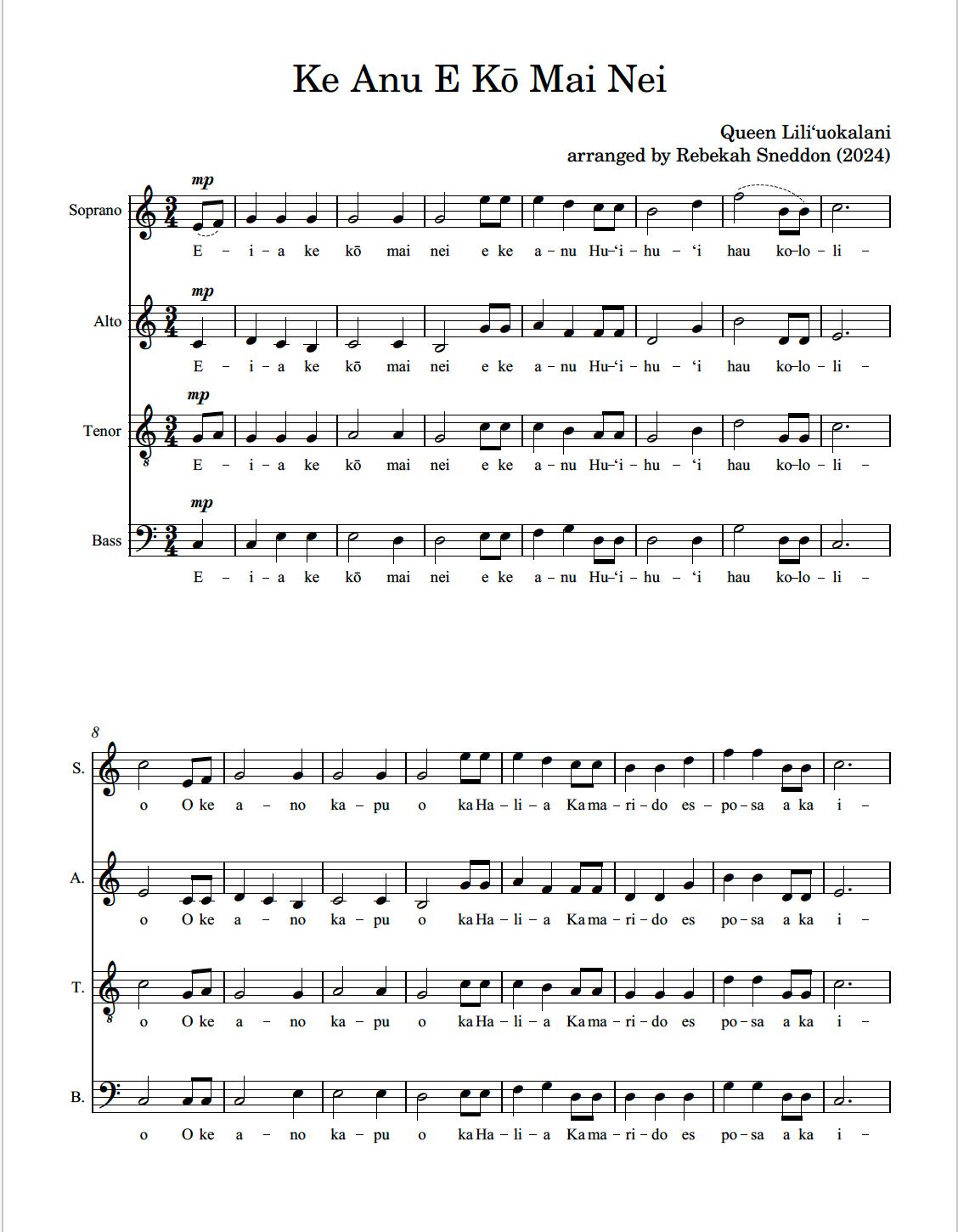
Reprinted by permission of the composer

Reprinted by permission of the composer
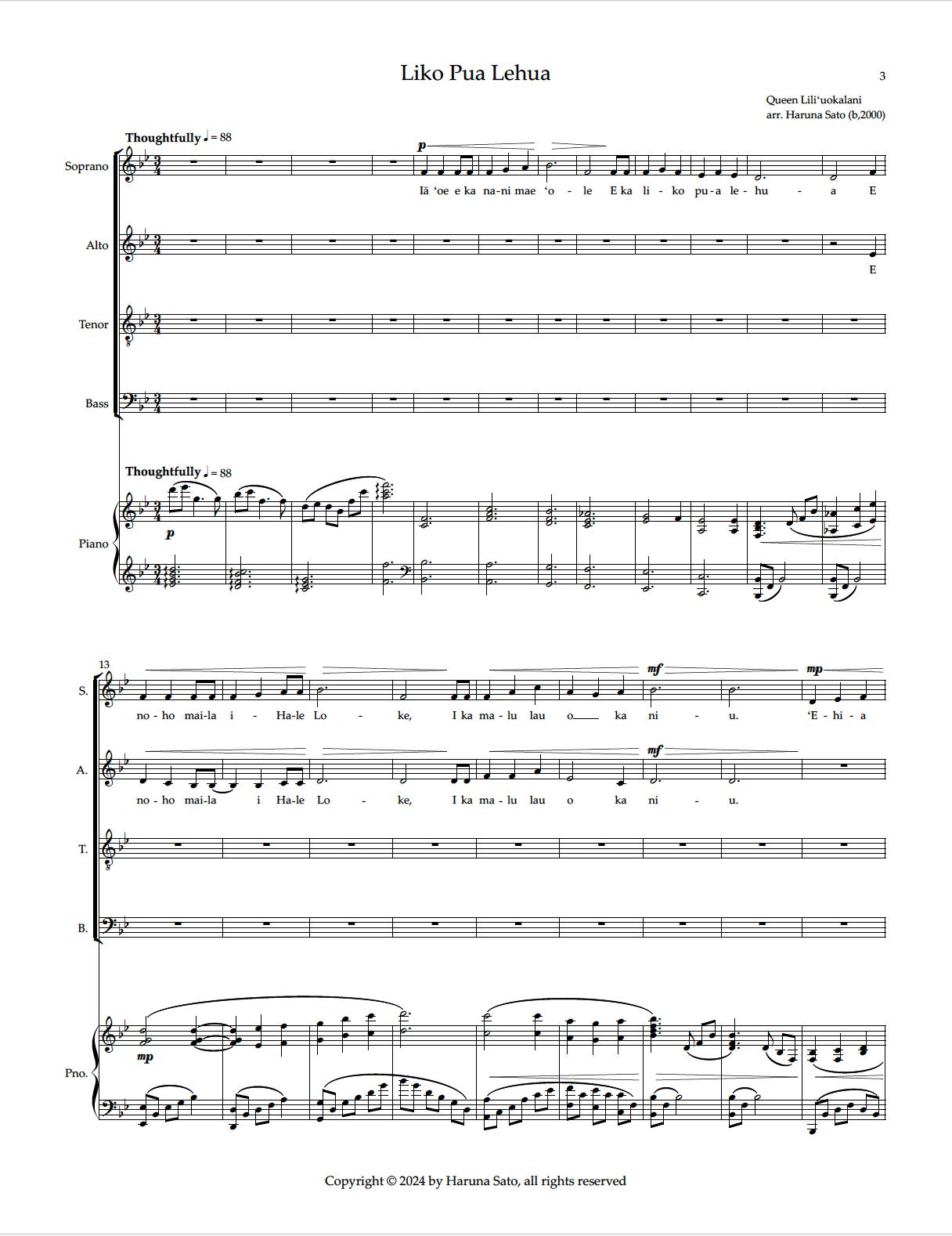
Reprinted by permission of the composer

Reprinted by permission of the composer
Liko Pua LehuaReprinted by permission of the composer
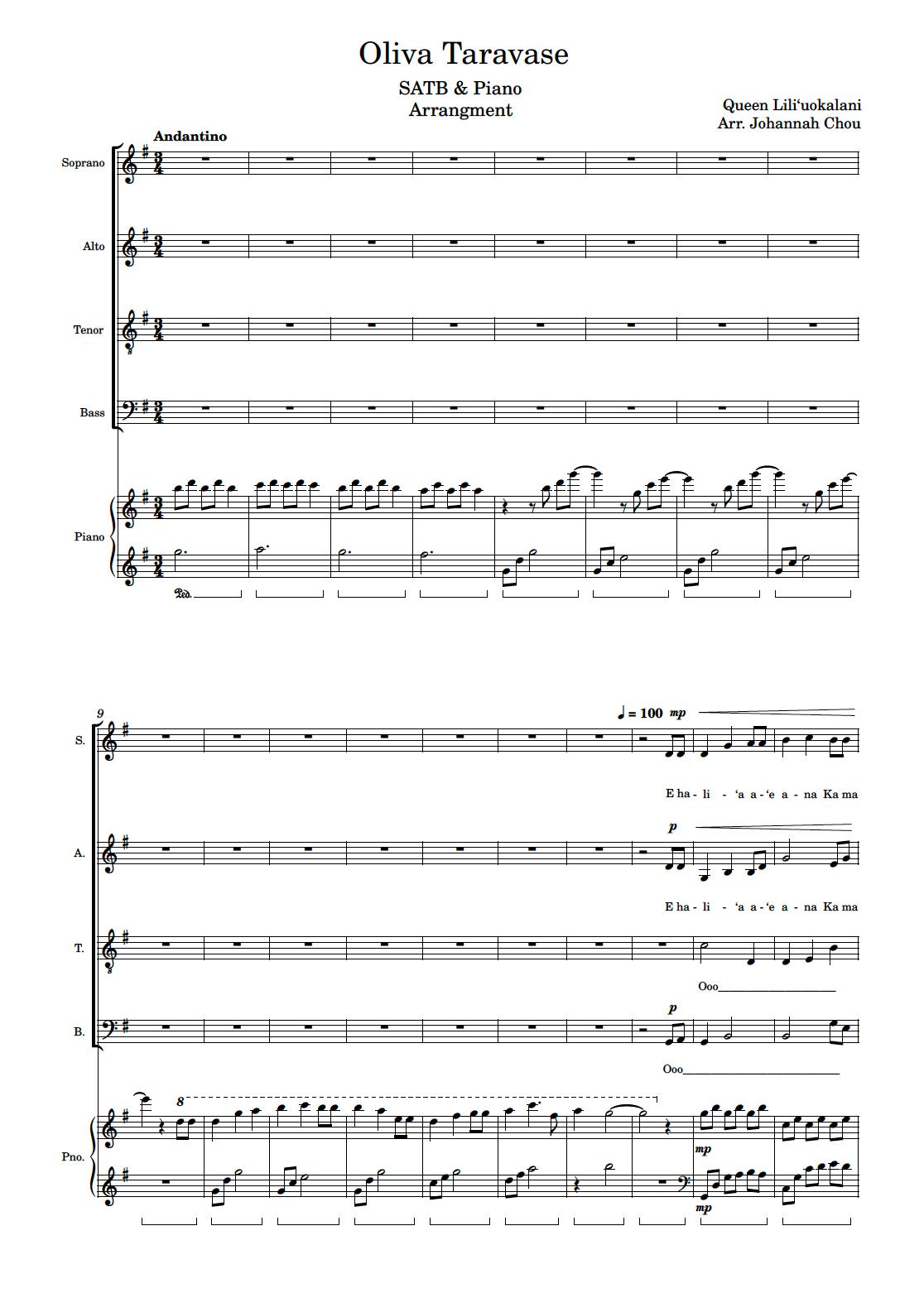


Reprinted by permission of the composer


Reprinted by permission of the composer
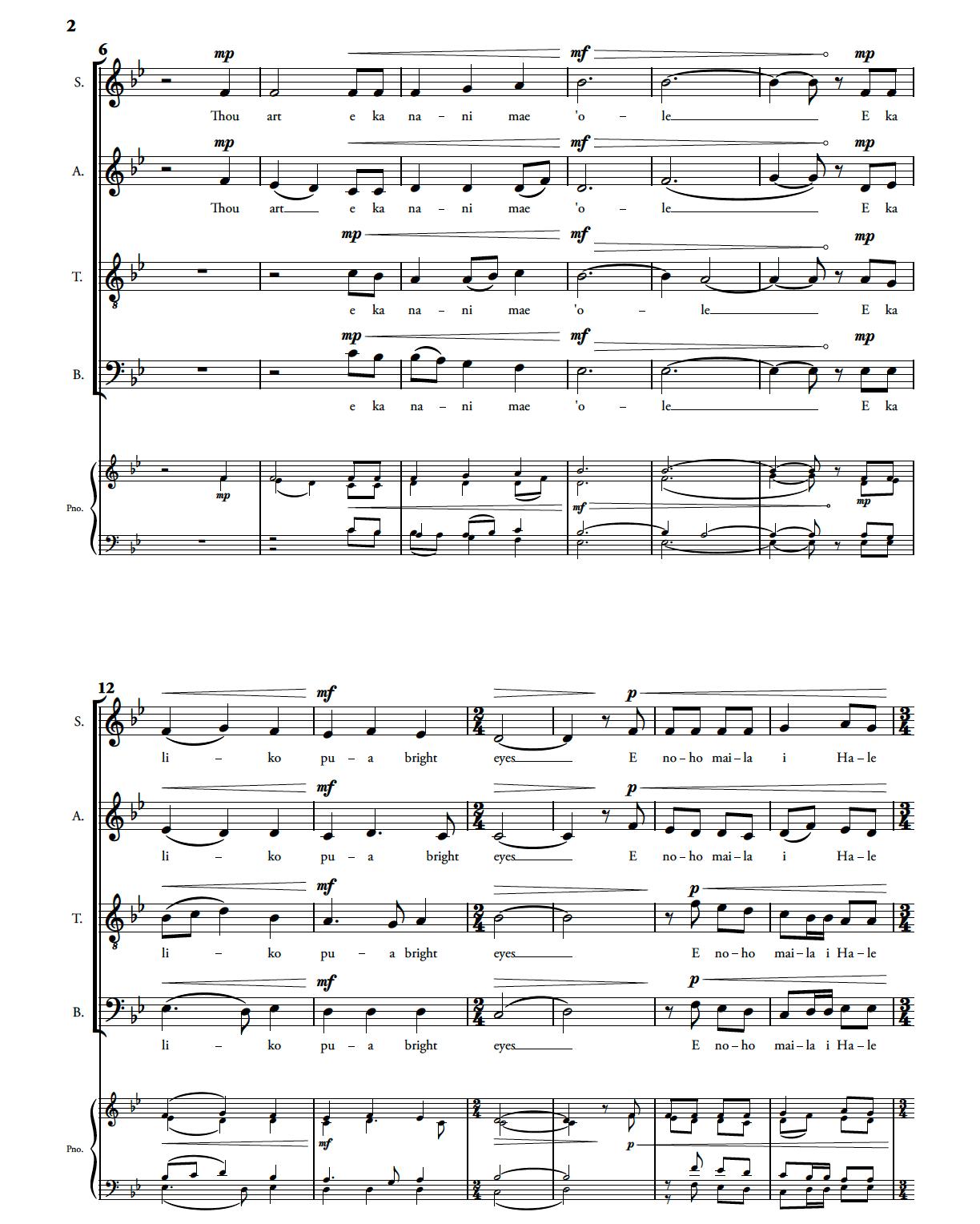
Reprinted by permission of the composer



Welcome - I see you - I’m glad you’re here:
For many of us, taking the attendance is a hassle. It takes up valuable class time, especially in large classes. Working with a seating chart, asking students to respond with a word, or having section leaders cast a quick eye over the group, allows us to fulfill our obligation, then get on with the important business of preparing repertoire. However, if you are able to divert a little time, taking the attendance presents opportunities to get to know your students, build their confidence, and make connections, as well as assess theirvocalskills.
Every class, I give students an attendance question or task. I teach 7th and 8th grade Chorus and Musical Theater, with around 40 students in each group. So much of the class is necessarily spent addressing a section of the choir, or the whole ensemble. Quieter or less confident students can get overlooked, and might not speak out for the entire period. Addressing each individual at the beginning of the period allows me to have a micro-conversation with them, make eye contact and smile and let them know I’m glad they’re here. I establish that their voice matters to me, and to their classmates.Hereareafewdifferentactivities.
Allowstudentstosharetheirculture,family,andhistory, and show that these are important to you as their teacher:
> “Tellmesomethinginterestingaboutyourname;for example,wereyounamedafterafamilymember, ordoesithaveameaninginanotherlanguage?”
“My dad added “the third” to my birth certificate as a joke, so my legal name is actually Phillip James Mayhew III”
“My name means “blessed” in Farsi”
> “Tellmeaboutafamilymemberwhomakes somethingdelicious”
“My grandma makes the best tres leches cake”
“My uncle makes the best ribs”
>“Tellmeaboutafamilymemberorfriendthatlivesthe furthestaway”
“My grandparents live in Korea”
“My old best friend lives in Texas”
>“Say‘hello’or‘I’mhere’inanotherlanguage” (Pre-teach a couple beforehand; if you have multiple groups, compete to see which class can come up with the mostlanguages)
>“TellmeaTVshowyouusedtoloveinkindergarten” (You’ll probably end up singing the complete Elena Of Avalor openingsong,sorry!)
Bigclasses,orlotstogetonwith?Trysomethingfunlike this:
>“Taketheinitialofyourfirstname,andthinkofan adjectivethatbeginswiththatletter.Thentaketheinitial ofyourlastname,andthinkofanounthatbeginswith thatletter”
Rosemary Montgomery: Ridiculous Manatee, Risky Marmalade
> Students get into groups of four, and sit in a square. Give them a moment to learn each other’s names and pronouns. When you call the name of a student in the group, the other three have to point at the named student and shout “she’s/he’s/they’re here!” as loudly and enthusiastically as possible. The best group of four wins a little candy. This one is good for learning, and accepting,students’pronouns,too.
>“Tellmeananimalbehaviorthatyoulove;‘a somethingwhenitsomethings’”
“My dog when he sleep-barks”
“A penguin falling over”
Setting the precedent that everyone sings, that everyone is at a different level of confidence and experience, and that we respect and value that diversity, helps to build a strongmusicalgroupwheresingersaspiretogrow.Here aresomemusicalwaystotakeattendance:
Sing it back: singeachstudent’sname,theysingback the same pattern with the words “I am here”. If you have enough piano skills to accompany with some chords, this flows well. You can make the patterns simple or complex, long or short, major or minor. This is great practice for auditions where students havetosingbackaseriesofrandompitches, Break up a warm-up: My students enjoy “many men many men many men-men-men” so I’ll break it up into four phrases, name four students from the list, andeachsingsaphrase,
Build chords: first student is do, second is mi, third is so, fourth is high do. You can also challenge a more advanced group by making them build minor chords. This creates lovely “aha” moments and combinationsofstudentsrelyingoneachother, Movable do: Give the student a pitch for do and ask them to sing up the scale to so. Scaffold more nervous students with a chord beforehand; experiencedstudentsjustgetthefirstpitch Sing back a signed solfege pattern: Students choose their level with thumbs down (easy - you also sing the solfege, they just sign and repeat), thumbs up (medium - you hum the pitches but they sing back the solfege) or emphatic thumbs up (difficult - you sign silently). Other students can ‘play along’ throughaudiation.
The last step in every vocal task is always praise, quick and direct feedback, and encouragement from the rest of the class. They understand it’s scary, and appreciate eachother’slevelofeffort.
I used to require every student to sing by themselves; to be honest, it yielded some amazing results. Students who seemed very shy took the risk, because it was required of them, and the positive feedback from their teacher and peers gave them momentum to start singing out more in class and seeing themselves as a singer. However, if you’re concerned about your students’ levels of anxiety, here’s a solution - when it’s their turn, students may grab the arm of either or both people next to them, and those friends sing with that student.
It helps singers co-operate, still allows you to hear individuals, and it’s a compliment if your neighbor grabs your arm! Singers who still choose to sing by themselves get particular praise. My entire silly baritone section grabs each other and sings together, but they have so much fun doing it, and sing with such gusto, that I let it slide!
Startinadifferentplaceintheattendancelisteachtime, andwraparoundthelist.Thatway,thealphabetically firstkidsarenotalwaystheguineapigsforanactivity, anditkeepseveryoneontheirtoes!Startwithastudent thatyouknowwillunderstandyourquestionandhavea goodattempt-andtheywillmodelaresponsetoyour feedback.
Ifyourofficestaffneedtheattendancetobeturnedin immediately,doityourstandardway,suchaswitha seatingchart,thentryatask.Takingthetimetoconnect witheachstudentmakessurenooneisoverlooked,and givesyouanopportunitytosay“welcome,Iseeyou,I’m gladyou’rehere”toeverysinger.
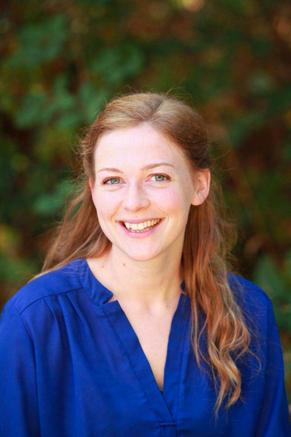
Rosemary Montgomery teaches performing arts at Jeffrey Trail Middle School, in Irvine Unified School District. Originally from England, she holds a Music degree from Cambridge University, a Master's degree in Intercultural Studies from Dublin City University (Ireland), and a teaching credential fromSonomaStateUniversity.
Mrs. Montgomery is the former director of the Girls’ Choir at Christ Church Cathedral, Ireland, and was the Assistant Director of Marin Baroque Chamber Choir before moving to Southern California. At Jeffrey Trail, she has a non-auditioned SAB choir of 40 singers, two Musical Theater classes, and a Drama class. She used to have hobbies, but now her hobbies are mostly taking her two children (10 and 5) to their hobbies - and making props for school productions! Her compositions and arrangements are available on JWPepper through MyScore.
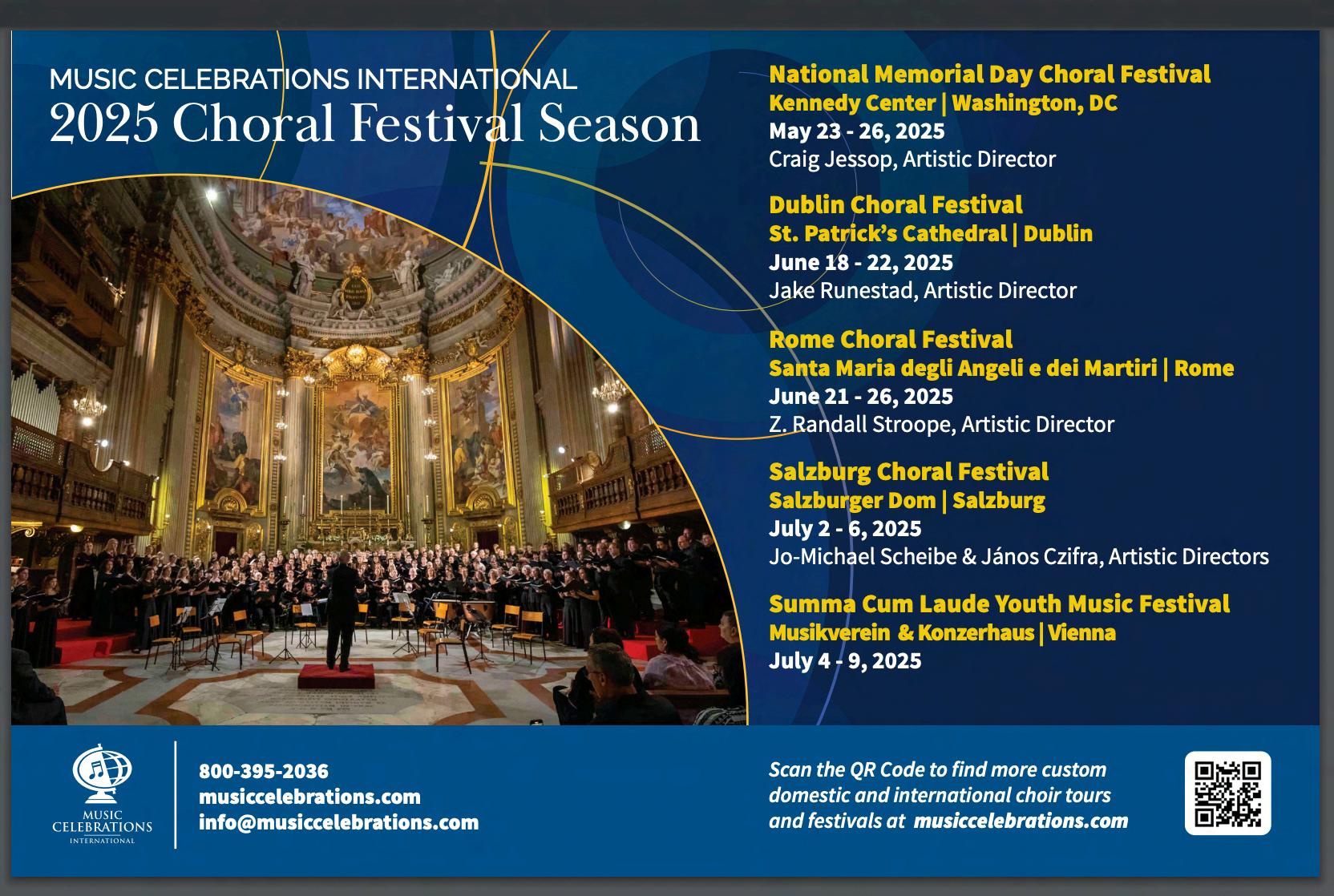
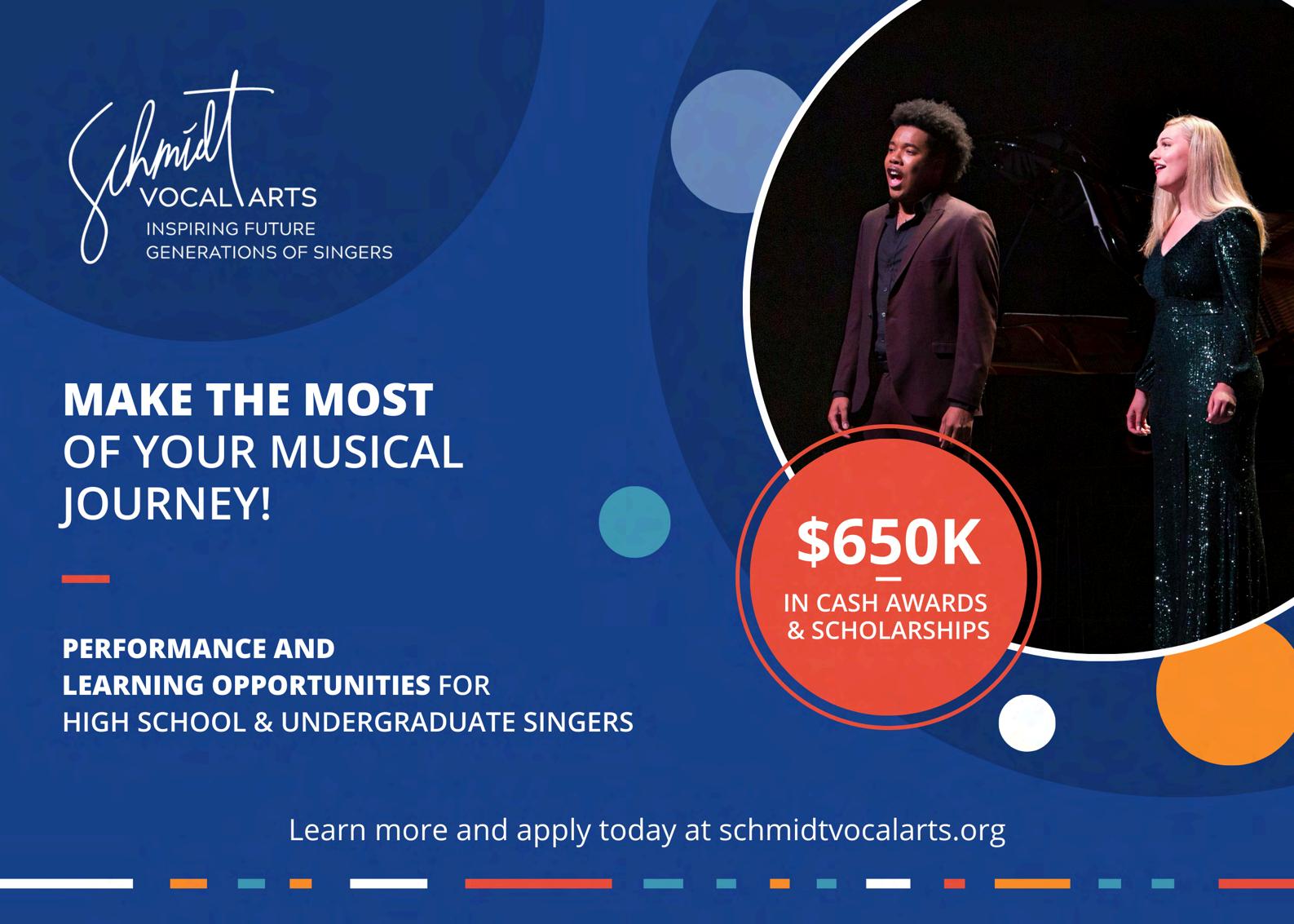
For secondary choir directors, it is no secret that traveling with your group is a highlight of every student’syearandcanbeahugerecruitingtoolforyour program.WhetheryougotoAnaheimorNewYorkCity, tours bring team building and group bonding to a new level. It seems that after a choral experience together thatlastsmorethanonerehearsal,ourstudentslearnto lovemusicandeachotherfarbetter.
Let’s back up to Spring of 1990 when as a 7th grader, I was selected to perform in the Fresno Western Region honor choir. I don’t remember much, but I remember it solidified a desire for me to be involved with choir my entire life. In 1992, I had the honor of singing in Honolulu for ACDA. I met great friends there with whom I kept in touch for years (through snail mail)! Again,myloveofchoirgrewandIknewIwouldbeback withmyownchoirstudentssomeday.
They came from all different backgrounds, as different as students could be. Although they came from the same high school choral program, they weren’t close. And yet, after that trip, they were best friends!
A few years ago, I heard about the ACDA Western Region holding auditions for honor choirs for the conference. I remembered the honor choirs of my youth and, after auditions, I had six that were selected. They made such lasting memories that can never be taken from them. To this day, those kids keep in touch. That conference in Salt Lake City in March of 2020 wouldprovetobethelastchoralexperiencesomeofmy students ever got. We all know what occurred the next week: global shut down! My seniors who would not go ontosingincollegestillreminisceaboutthatwonderful conference and how singing in the Tabernacle with others from neighboring states was life changing. They still talk about getting to see the premier of Eric Whitacre’s Sacred Veil and how they were wiping tears afterthatbeautifulexperience.
You may be thinking, this is all hunky-dory, but how does this help a choral program!? After that experience, other students in my choir program and even some not involved yet, started wondering how they could participate next time! Word of this amazing select group of singers attending a national conference got around and people wanted in! Unfortunately, COVID-19 shut down the traditional conference for a few years, but in 2023itwasback!
This past February, eight of my students made the national honor choirs in Cincinnati. Again, students that were not close previously, are now joined together with memoriesandmusic.SinceIteachata7-12school,Ihad students make the JH choir, the HS SSAA choir, and the HS Mixed choir. As we prepared the music together and traveledtogether,thesestudentsbecameextremelyclose. Uponourreturn,studentsaskedme,“whenandwhereis thenextnationalhonorchoirandhowcanIaudition?”
Having students in the honor choirs does not mean you have to miss your favorite conference sessions! You can bring other chaperones, elect to have an ACDA chaperone assigned to them, or chaperone them yourself. Personally, I enjoyed the dinner and evening time with my students, creating new inside jokes and making memories. Students are in rehearsal most of the time sessions occur, generally from 9-5. I feel like every session I wanted to attend, I got to attend. Sometimes, I would just watch honor choir rehearsals, soaking in rehearsal tricks from the best. Watching my students learn from such incredible choral directors and composerswasinspiring!
Students learn about humanity as they work together with singers from different places. They grow together as teammates, become better leaders in class, and have a unique experience unlike anything else.
As part of the honor choir experience, students got to attend the exhibits. One of my students who plans to pursue a degree in choral education was so excited to meet businesses we’ve worked with and to get free sheet music!
How is my program better because of my students’ participation in ACDA honor choirs? Their musicianship improves because of the high level of repertoire chosen. They get to work with icons in the field - Andrea Ramsey, Pearl Shanghuan, and Eugene Rogers! This makes them a better student in your own choir. They bring back potential repertoire for your program.Someofthemalreadyknowit,right!?
As membership chair, I was intrigued to find out that only four Arizona directors submitted students for audition to the national choir. For being such an amazing state with incredible talent, it is curious that more don’t audition. I encourage you to consider having students audition for the conference honor choirs. You will find that as great as the conference is, your favorite memories just may include watching your ownstudentsexperienceit!
REPRINTEDWITHPERMISSIONFROM ANTIPHON ( SPRINGISSUE , 2023 )
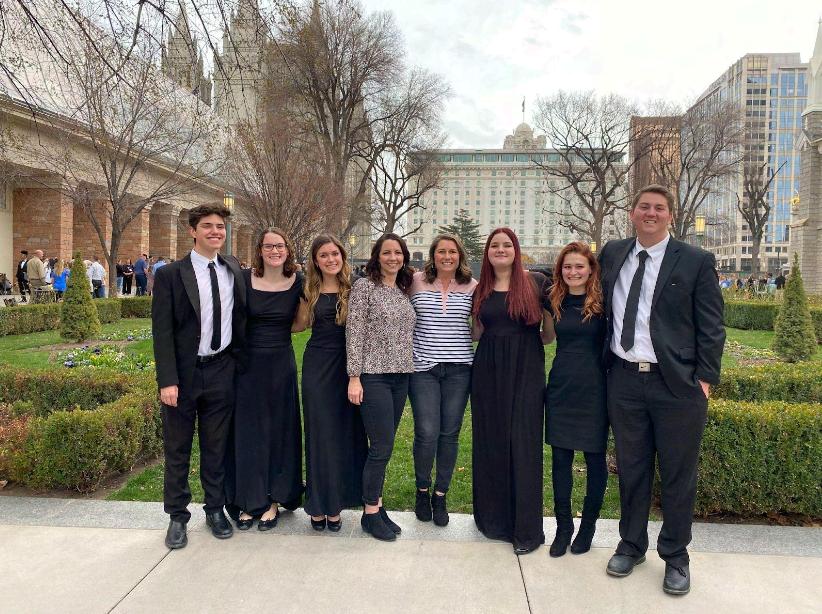
Cami Clausen is the choir director at CasteelHighSchoolintheChandler, AZ district. She opened the school in 2015 and has grown the program from 2 choirs to 8 choirs. Casteel Choirs repeatedly earn gold and superior with distinction at local and national festivals. Prior to opening Casteel, Cami taught at Santan JH, alsointheChandlerdistrict.Before that, she was a collaborative pianist and voice/piano coach. She received her Bachelor of Music in choral music education from Arizona State University and her MasterofEducationincounseling/humanrelationsfrom Northern Arizona University. Cami has been married to the love of her life, Matt, for 28 years and they have 4 children and a dog. In her spare time, she enjoys traveling (especially cruising), eating out, reading, and musical theatre. Cami believes in the power of choral music to bring people together and to remind us of what we are capable of as we unite. Cami currently serves as AzACDAmembershipchair.

 ACDA SALT LAKE CITY 2020
ACDA CINCINNATI 2023
ACDA SALT LAKE CITY 2020
ACDA CINCINNATI 2023
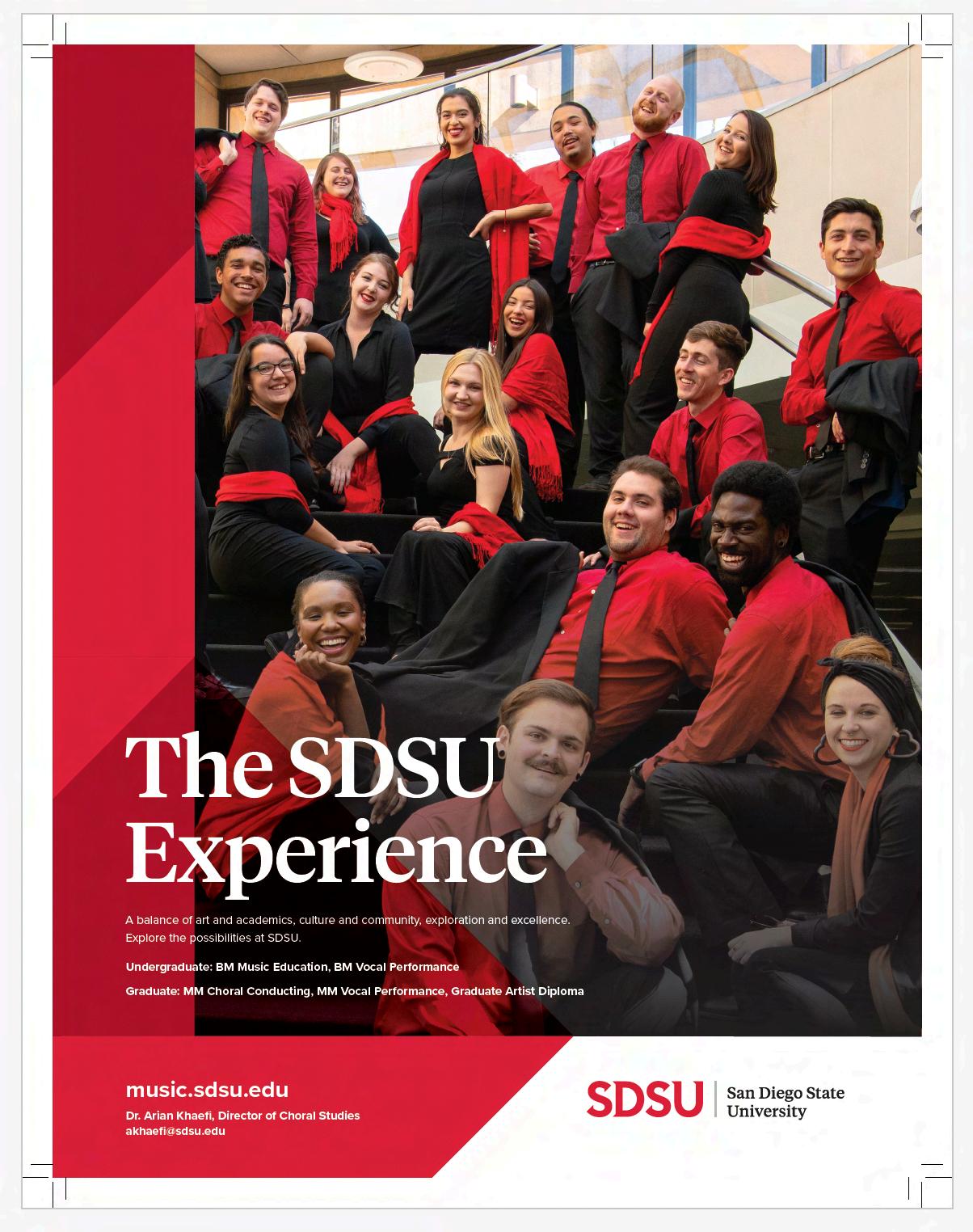
The Estonian Singing Revolution (1987-91) represents a unique and astonishing chapter in Soviet history. Music transcended its traditionally supportive role as an agent of protest, unification, and morale-building and became, instead,theprimaryweaponina
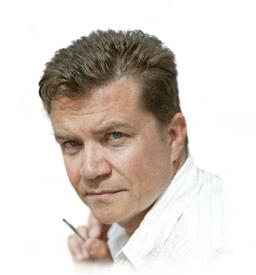
bloodless war. After three years of singing, Estonians achieved the seemingly impossible: independence without loss of life. At the forefront of this remarkable battle were musicians like Karl Madis (b. 1959), whom I interviewed while conducting research in Tallinn on an American Councils grant. How did this phenomenon occur, and what can we learn from it? Karl’s answers providedmewithimportantclues.
KarlMadisisagiantintheworldofmusic.Mentionhim to any Estonian above the age of 30, and they’ll immediately become starstruck. Karl was named Estonia’s best male soloist in 1985, 1986, and 2002, and he has been the lead singer of Estonia’s top band, Karavan, since 1983. His firsthand account of the Singing Revolution is the stuff of history, and he has remarkableinsightintomusic’spoliticalpower.
I was a bit starstruck myself when I landed a private 45minuteinterviewwithKarl.Itturnsoutthatthismusical giant is about 5’6’’ and one of the kindest, humblest humansI’veevermet.Hewassokind,infact,thatwhen I locked myself out of my apartment while entering the stairwelltogreethim,hedroveme30minuteseachway to pick up a spare key from my landlord. A 45-minute interview turned into almost two hours of enriching conversation about music, politics, and life. Karl has deep convictions about the role of song in Estonia’s successful bid for independence, and he shared his ideaswithmefreely.
Karl was born in 1959 into a musical family. He sang with the world-famous Ellerhein Children’s Choir as a boy and quickly mastered piano, drums, and saxophone. (He would go on to add many more instruments to that list.) “I began studying at a music school because I wanted to play in the army band,” he told me. Karl did, in fact, perform with the army as well withprofessionalensemblesthroughouthisearly20s.
Eventually, he met the musicians with whom he would form his own band: Agu Tammeorg (vocals, guitar), Meelis Punder (vocals, bass guitar), Jaan Karp (vocals, drums),andArneSaluveer(vocals,keyboards).Together, theybecameKaravan.
Before Karavan, Karl performed briefly with an ensemble known as Mahavok. “Maha” means “down” in Estonian. “VOK”stoodfor“vlastokupatsiaporjadok”inRussian;in other words, “down with the power of the system and the occupation.” TheKGBhauledinKarlforquestioning,of course. He insisted that the name was simply a combination of letters from the band members’ surnames: Madis = M, Arras = A, Himm = H, Aas = A, Vaikmaa = V, Oronen = O, and Kirme = K. “This was true,” he told me with a twinkle and a grin, “but it wasn’t the whole truth. We were also pushing for the fall of the USSR.”
Karavan’s rise to fame was meteoric. Each new song leapt immediately to the top of the charts throughout the early and mid 80s. “At the peak of my career, I used to sing over 200 concerts a year,” Karl told me. “I would be performing two, three shows a day sometimes.” As Estonia’s most popular band from 1985-86, Karavan was perfectly poised for maximum impact when the Estonian SingingRevolutionbeganin1987. “WeflewtheEstonian flagatourconcerts,althoughdoingsowasrisky,”hesaid. Karavan released songs like “Halb unenägu” (“Nightmare”), referring to the nightmare of Soviet rule; and “Ärka kaunis maa” (“Wake Up, Beautiful Land”), encouraging Estonians to unite in the fight for independence. Karl explains, “These messages were coded. You could listen to the songs as if they were about normal life, or you could hear them as a political cry. ManyEstonianswerestillsleeping.”
On June 10, 1988, Estonians “woke up.” At Tallinn’s Old Town Festival on this summer afternoon, 15,000 Estonians spontaneously broke into patriotic song, inspired by similar musical protests in Tartu. En masse, theymarchedtotheTallinnSongFestivalGroundswhere the world’s largest choral festival has been held since 1896. Word traveled quickly, and soon over 100,000 had gathered—a full 10% of the country’s population. People flooded the 750,000 square foot field, waving the banned Estonianflag.PopstarIvoLinna(aclosefriendofKarl)
led the masses in singing Alo Mattisen’s “Five Patriotic Songs:” “I am Estonian and I will remain Estonian, because I was created Estonian.” The Estonian Singing Revolutionhadofficiallybegun.
Karlwasthere.“I’llneverforgetit,”hesays,speakingof the event with great emotion. “For the first time, we all felt unified, and we knew we would be free.” He describes how late it was when the singing first began— nearly midnight. “Nobody will come,” he remembers telling a friend. And then they did. And they kept coming, all night long. “The music never stopped,” he marveled. “Every night, people gathered at the Song Festival Grounds and sang to the accompaniment of various bands until the morning--until the signs of freedom began to appear, including those proud blueblack-white flags, which grew in number every day. At night, we sang, and during the daytime, the radio playedsongsthatencouragedandrousedthepeople.”
Karl describes the experience in almost spiritual terms. “It was a miracle. Gorbachev gave us a little freedom, andwewereabletotakebackeverything.Thefeelingof unity on the Song Festival Grounds was indescribable. We realized that there would be no need for blood. How can you shoot people who simply sing? Nothing wasimpossibleanymore.”
In stark contrast to the spiritual transcendence of the Singing Revolution, the reality of life immediately after the fall of the Soviet Union was particularly difficult for Estonian artists. In the early days of economic chaos, even essential workers struggled to find work. Musicians like Karl were suddenly left without a livelihood. Karavan was eventually offered work in Finland, and Karlwasabletocommutebackandforthwithhisfamily still in Estonia. He counts himself lucky; other bands werenotsofortunate.
Karl is now nearing 64. I asked him to describe the role of music in his own life. For Karl, music is as natural as breathing and as foundational to communication as language.Whereverhefoundhimselfintheworld,Karl would visit local clubs and perform. He has become a well-known figure in the Miami jazz scene, Puerto Rico, New York, and across Europe. He recounts his reception in the Bahamas, where he was treated like pop royalty and continues to be a beloved figure today. As a quick aside, he mentions that he plays the harmonica. I wasn’t surprised to learn that Karl is actuallyavirtuosicharmonicaplayerandatwo-time
Grand Prix winner at the Baltic-Nordic Harmonica Festival. “Like the waves of the sea, when music speaks, it willcontinuetospeak,againandagain,”Karltoldme.He explains that the language of Estonia has always been the arts—especially music. “Music persists,” he says, “like the spirit of Maarjamaa.” In 1207, Livonian knights named the territory that now forms much of Estonia Terra Mariana (“Land of Mary” in English; “Maarjamaa” in Estonian). Over 50% of modern-day Estonians are nonreligious, but they still share a belief that Mary protects them.“Sheisalwayswithus,evenintimesofoppression,” Karl told me. “You don’t have to be Lutheran or Orthodox to believe that her spirit will never abandon us —evenwhenweareoppressed.”
I asked what Karl thought about the potential of music to influence the war in Ukraine. “Music always helps,” he said. “It’s like a prayer—a massive, communal prayer, rising to heaven. Of course, Ukraine won’t suddenly rise abovethewar.Somanypeoplehavedied.ButI’mhearing more and more Ukrainian ensembles here in Estonia. It’s fantastic. There’s such power in music. No matter how many men die, women and children will remember the songs, and they will keep singing. Music and life will continue.Freedomwillcome,justlikeitdidforEstonians. Ukrainewillbefree.”

Dr. Erica Glenn holds a doctorate from Arizona State University (Choral Conducting), an EdM from Harvard (The Arts in Education), and an MM from Longy Conservatory (Music Composition). She is the Director of Choral Activities at Brigham Young University. Prior to her appointment at BYUH, she taught at Dean College; the DC Kennedy Center; the Soul Arts Academy in Manhattan; Arizona State University wheresheledtheWomen'sChorusand New American Choir; and the American International School of Utah, where she worked in senior management as Founding DirectorofPerformingArts.
Dr. Glenn is a current American Councils Scholar in Estonia (2023), and she recently completed musicological research on a Fulbright in Poland among Ukrainian refugees (2022). Research interests include the cognitive science behind audience perception of conducting gesture, the effects of kinesthetic movement in the choral classroom, the Estonian Singing Revolution, the role of music in the current war in Ukraine, and the lost history and music of the Ukraine's first female composer (Stefania Turkevych).sdfsdf www.ericakyreeglenn.com
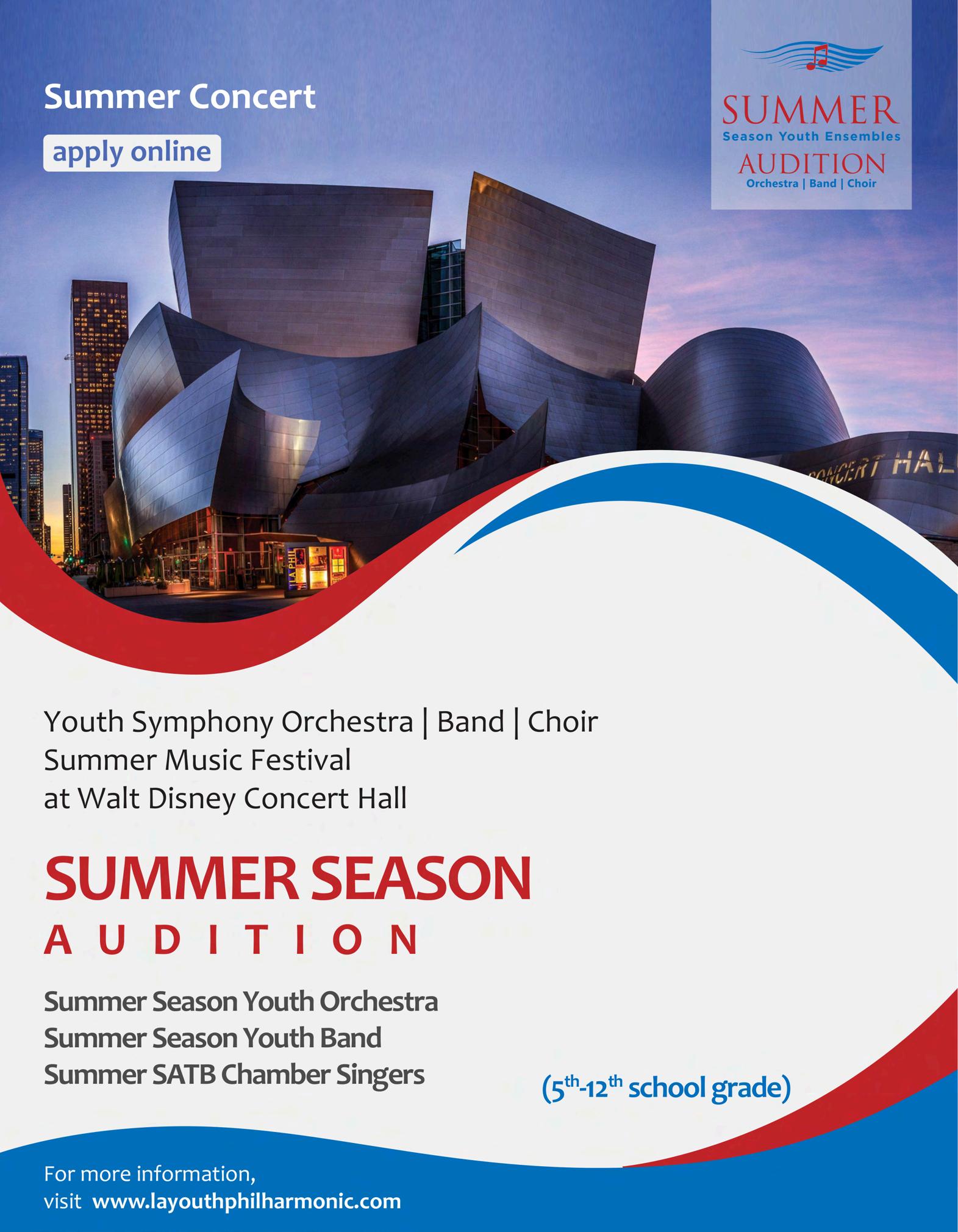
The 2024 Western American Choral Directors Association Conference in Pasadena was a wonderful experience! It facilitated networking, learning, and showcasing opportunities for our HI-ACDA members who attended. One member described the conference as “a fantastic opportunity for making connections and learning from others in the choral community.” A highlight for our members was a joint event hosted by the Hawai‘i and Arizona chapters, which allowed for meaningful interactions. Members noted that it provided a “great chance to discuss potential collaborationsandshareideas.”
The conference showcased some of Hawai‘i’s young singers from Sacred Hearts Academy, Punahou School, and the Hawai‘i Youth Opera Chorus, who participated in the honor choir concert. This participation highlighted the skill and talent in Hawai‘i amongst our students, offering them a platform to be recognized more broadly and to work with amazing clinicians. The WACDA Conference successfully brought together our membership,providingavenueforprofessionalgrowth, collaboration,andideaexchange.
- Chris Serrano, Hawai‘i ACDA President
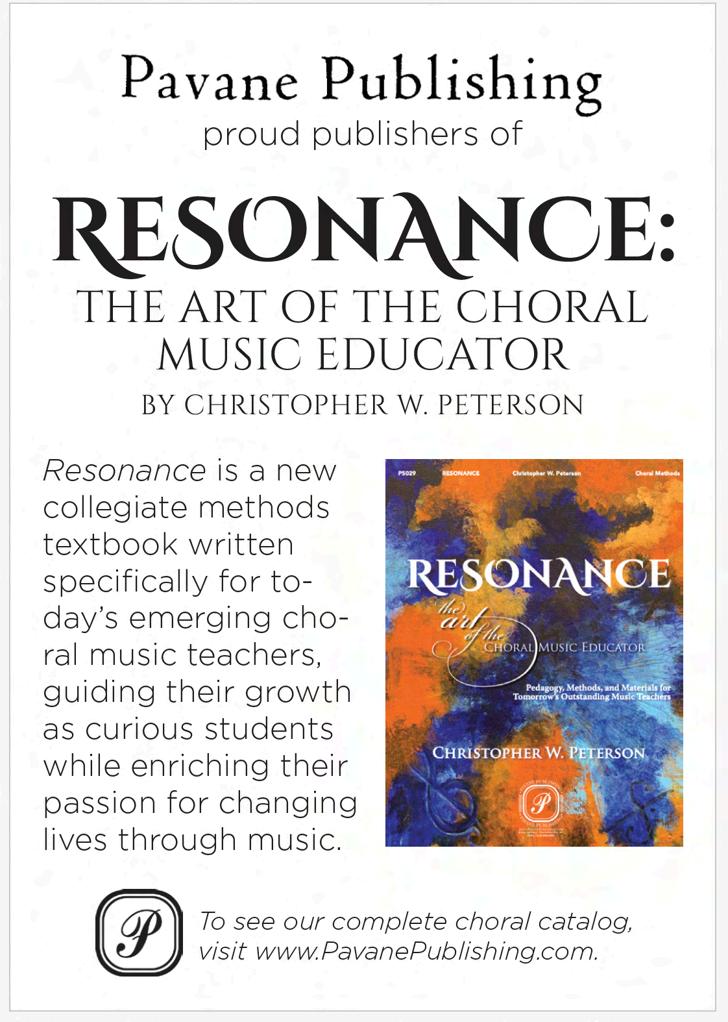
This year, it was my privilege as Music in Worship Coordinator for ACDA Western to present a music in worship event at our conference. I'm hoping this will become a tradition as it was very meaningful to gather together to celebrate all of our musicians who offer their time and talent to bring the gift of music to our houses of worship.
The program was entitled We Are One: Songs of Unity and Service. Service and unity are powerful forces in music that create personal and spiritual connections. The choirs we work with and sing with become our families, forging lifelong relationships. We sang several selections as a congregation supporting these themes, including “Umoja Tunaimba” by Victor C. Johnson and “We Are One”byBrianTate.
In focusing on service, we were joined by the Street Symphony Chamber Singers as our featured ensemble. A few selections were “When the Violin” by Reena Esmail and “Dreams Offer Solace” by Stephen Chatman. Street Symphony has done incredible work to create connections through music in the homeless communities and jails in the greater Los Angeles area. Their artistic director and MacArthur Fellowship Award winner, Vijay Gupta, treated us to a moving keynote address that highlighted the how music is a powerful, positive tool for transformationforlistenersandperformers.
The program was rounded out by an invocation and a benediction by Associate Pastor at First United Methodist Church of Pasadena, Mina Nau-Mahe, a reflection by my good friend, Dr. Zanaida Robles, and an improvisational postlude by organist Aaron Shows, which featured the songs “All You Need Is Love” and “We Are the World.” I am very thankful to all those who attended and worked to make this program such a wonderfully moving experience.
- Scott Lehmkuhl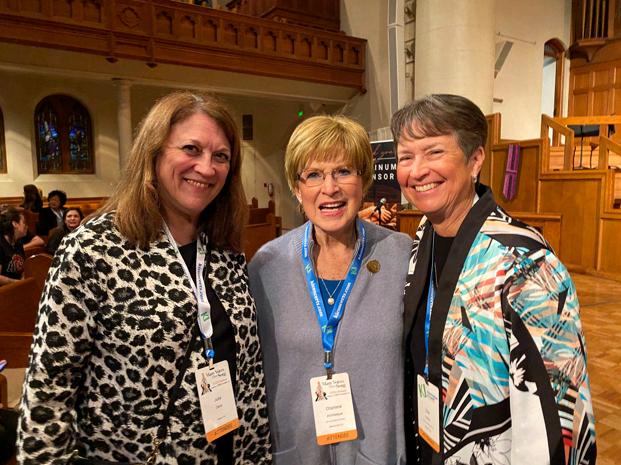
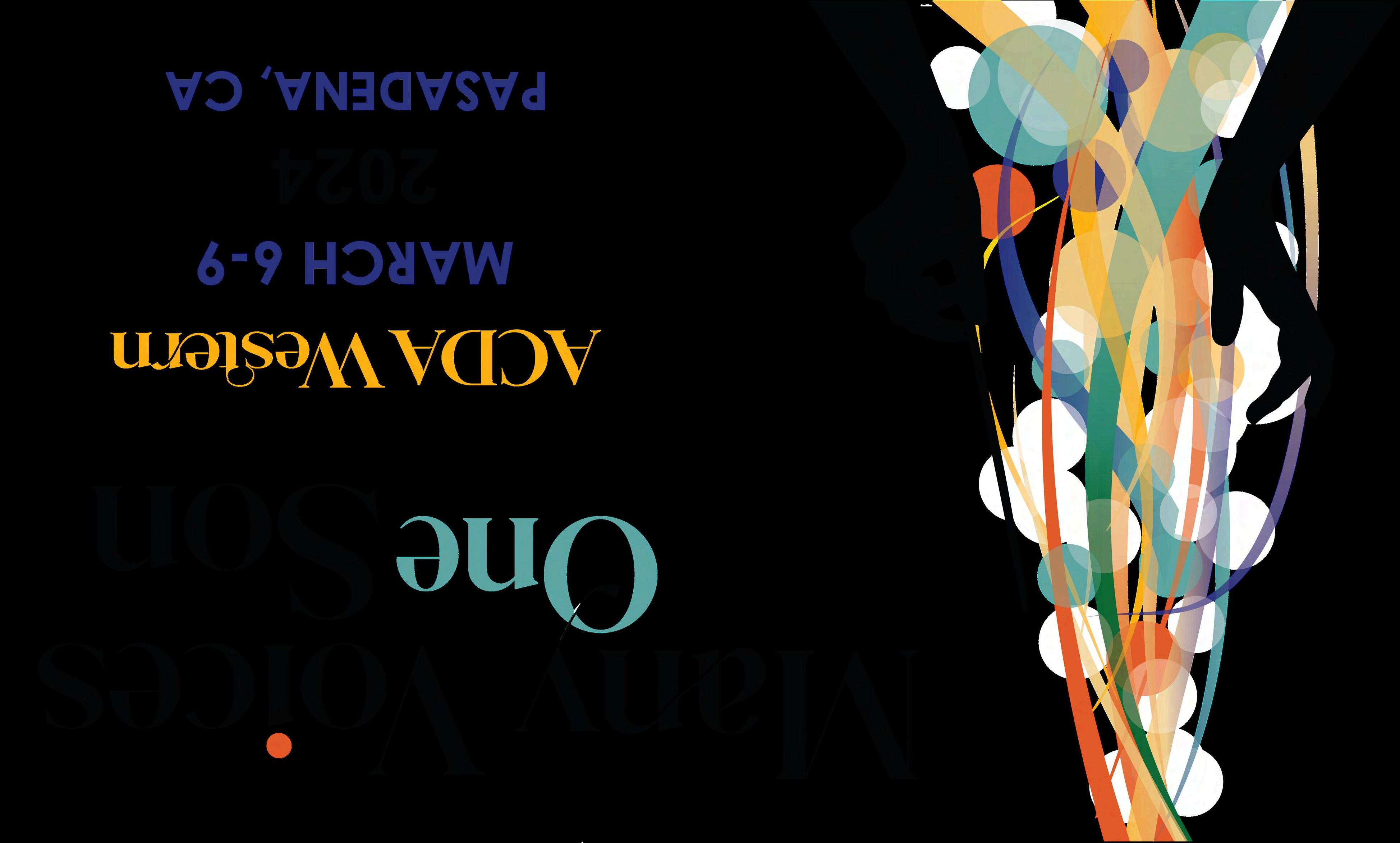

1. Pres.-elect Julie Dana, 2022 Conference Honoree Charlene Archibeque, Nat’l ACDA VP Edith Copley
2. 2024 Conference Honoree Joseph Huszti
3. President Michael Short and Pres.-elect
Julie Dana
4. On International Women’s Day, a powerful showing of ACDA leaders at the President’s Dinner
5. Current ACDA National VP and member of WACDA Past-President’s Council Edith Copley
6. Composers Jennifer Lucy Cook, Amy Gordon, Saunder Choi
7. WACDA State and Regional Presidents
8. The backstage dream team of Camille Killpack, Jennifer Heder, Carolyn Teraoka-Brady, Molly Peters
9. Pres. Michael Short, Tactus Editor Olivia Arnold, HI Pres. Chris Serrano, WACDA Communications Chair
Elizabeth Baker, UT President Emily Mercado, Conf. Vice Chair Scot HannaWeir, CCDA Pres-Elect Kristina Nakagawa, Composer Track Co-Chairs
Jennifer Lucy Cook and Lou De La Rosa, Conf. Chair Cari Earnhart, NV Pres. Jennifer Lowry, WACDA Pres-Elect Julie Dana


10. Conference Chair Cari Earnhart
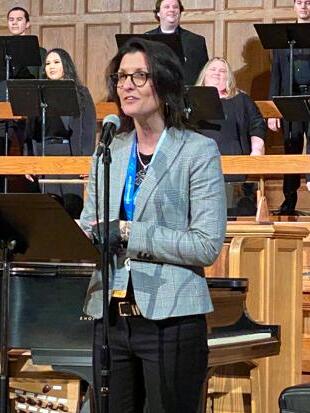


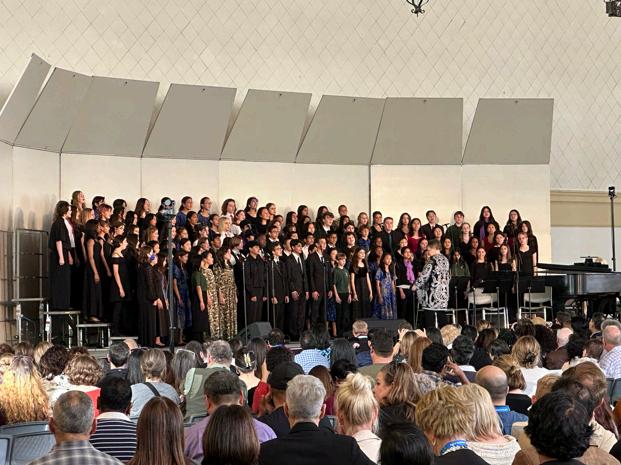

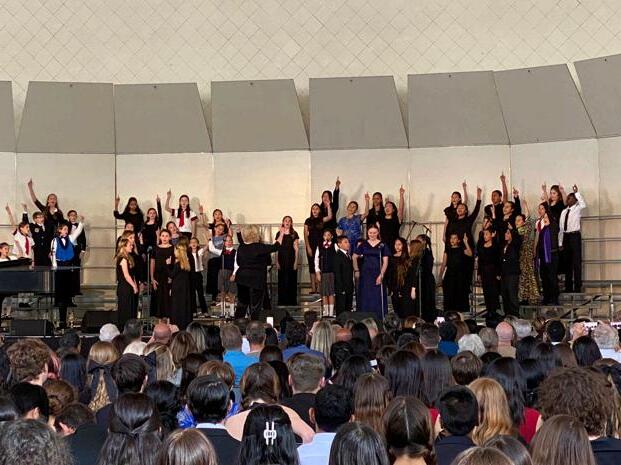

1, 4, & 5. Children’s Honor Choir and Judy Bowers, conductor
2 & 9. Youth SATB Honor Choir and Emily Ellsworth, conductor
3. Gospel Honor Choir and Rollo Dilworth, conductor
6. Honor Choir conductors Judy Bowers (Children’s Choir) and Rollo Dilworth (Gospel Choir) with Julie Dana
7. HI-ACDA President Chris Serrano introduces High School SSAA Honor Choir
8. High School SSAA Honor Choir and Julie Yu, conductor

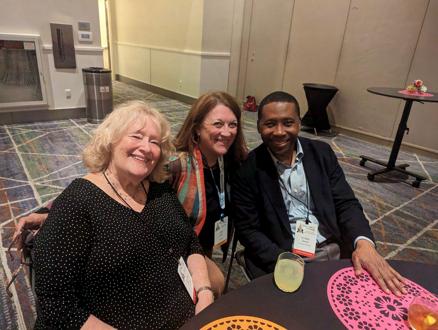
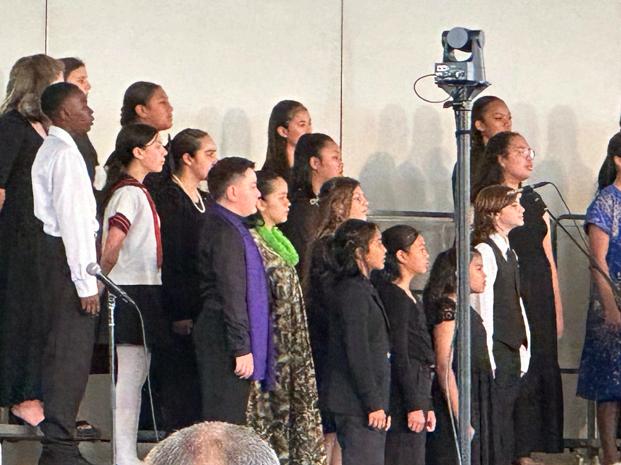
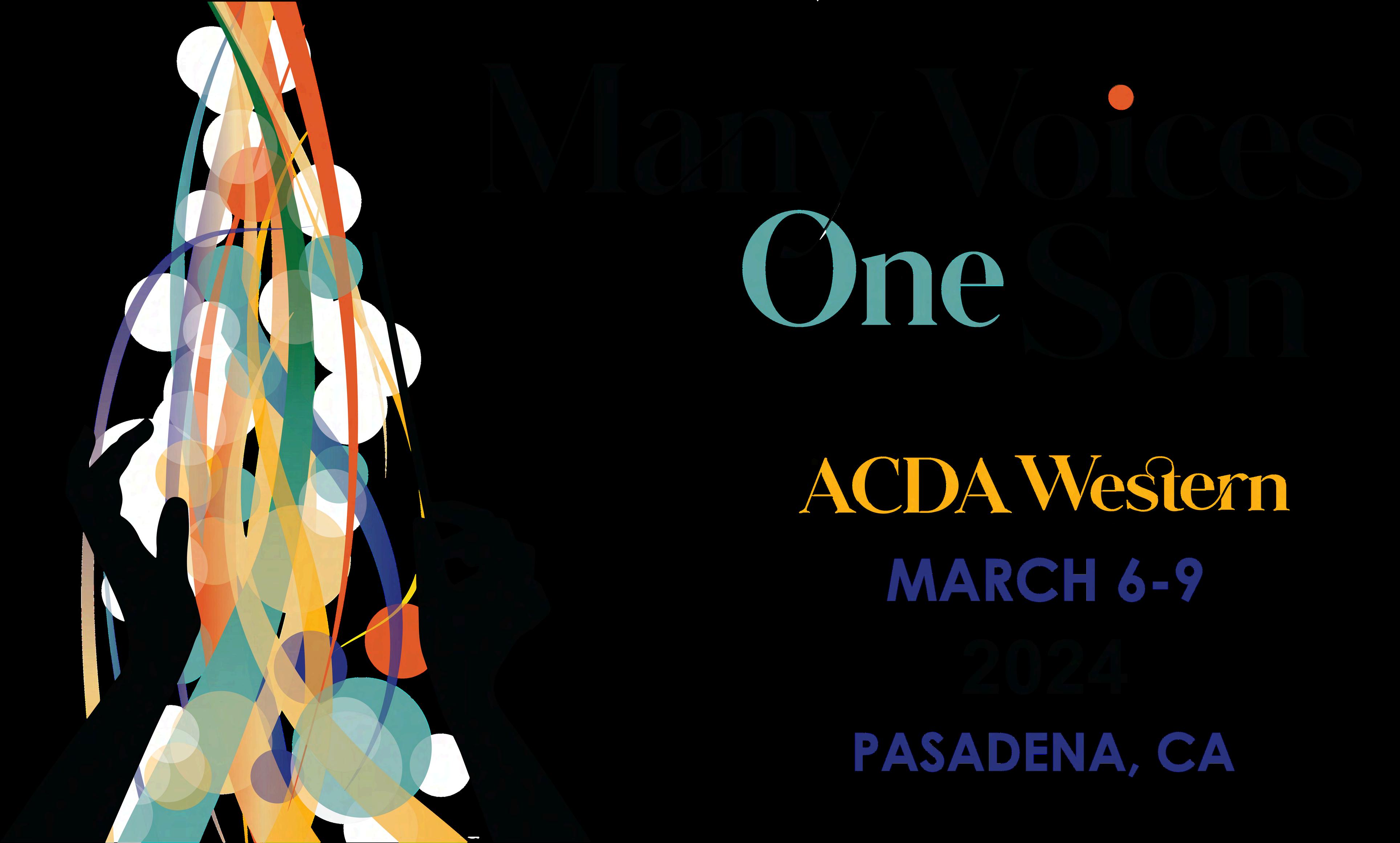





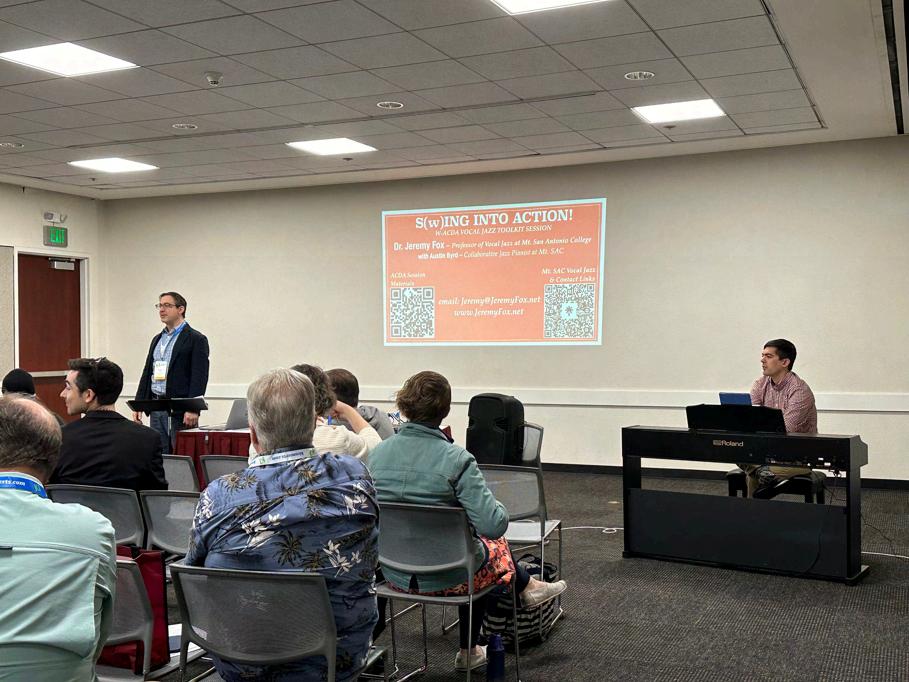
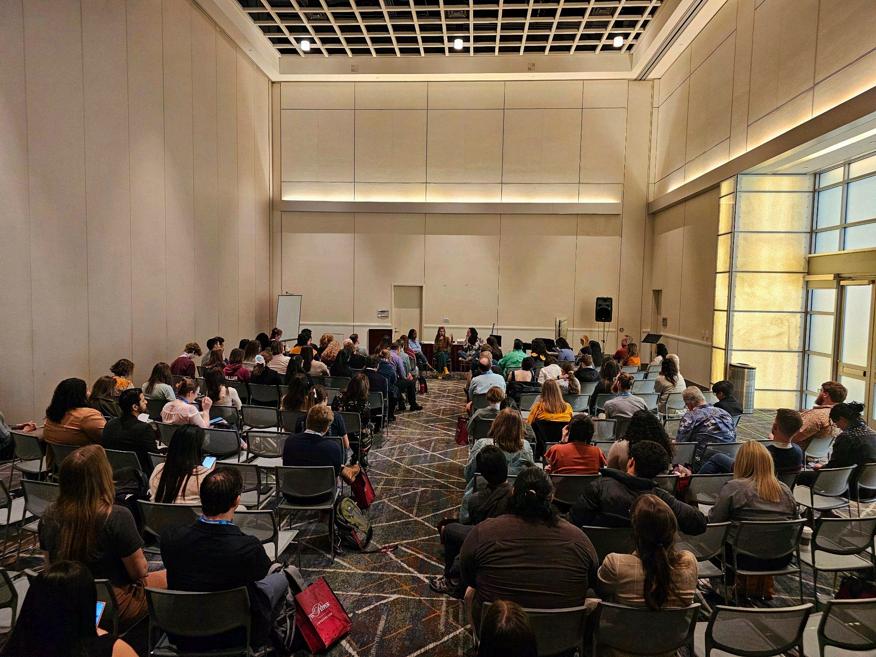
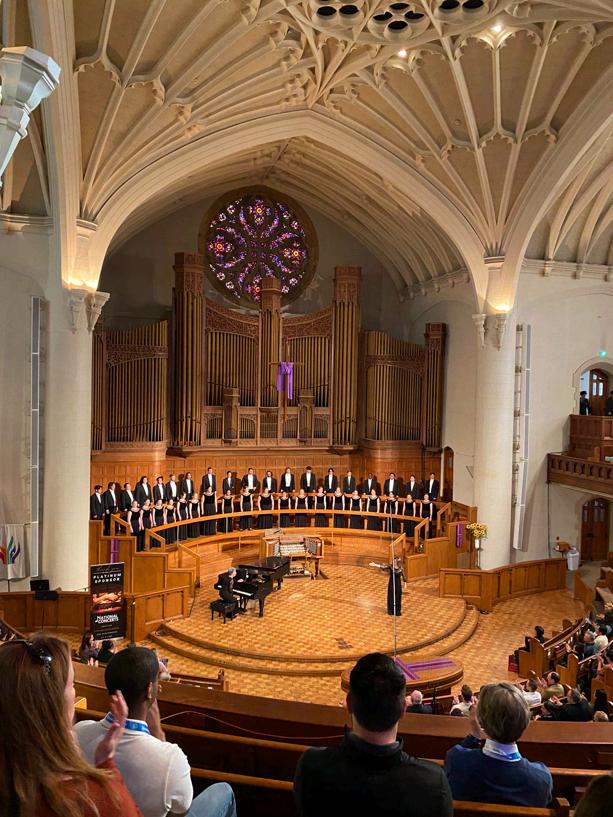
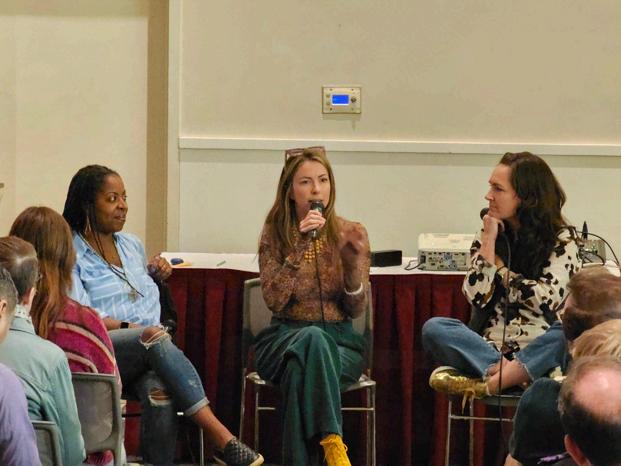
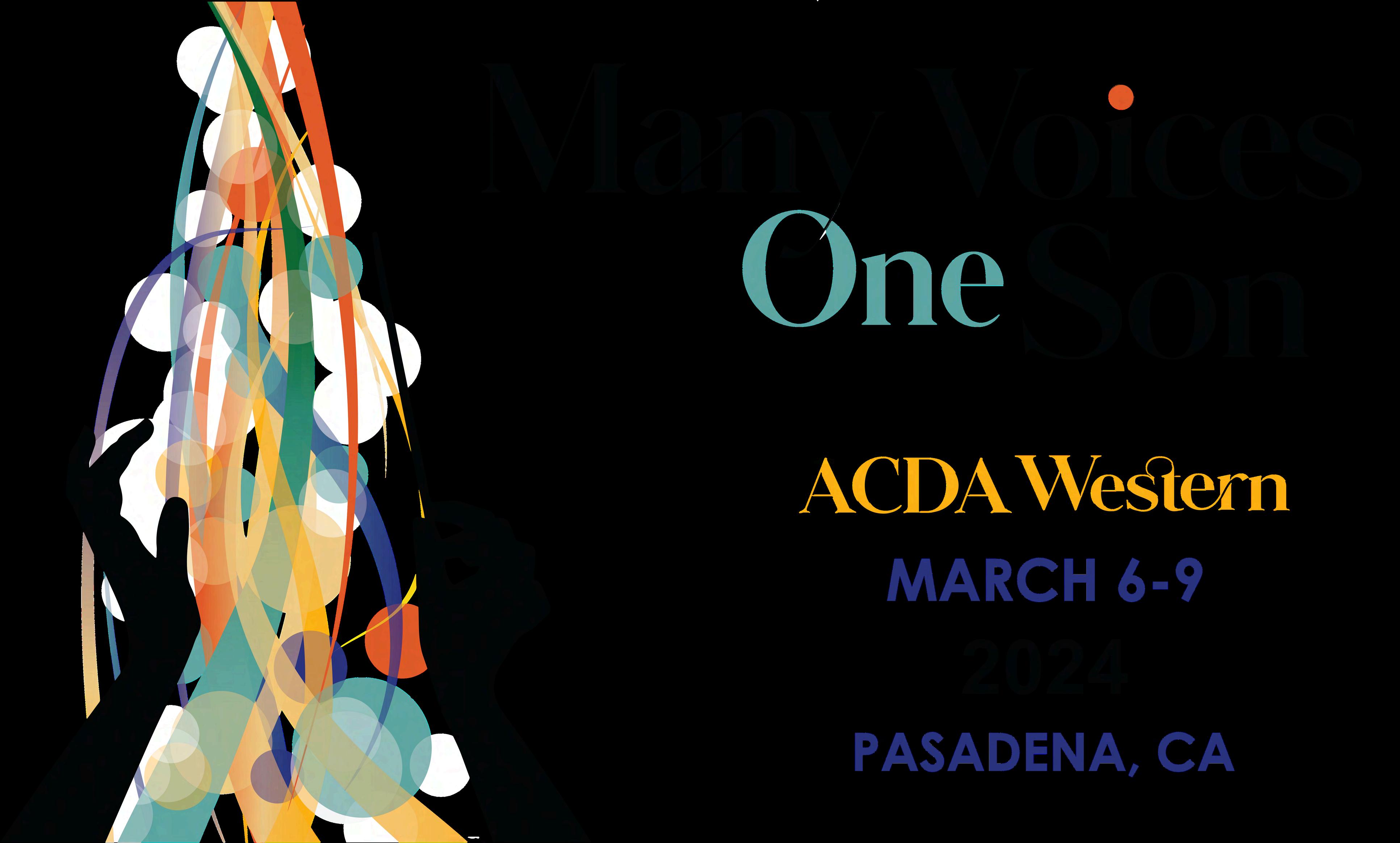


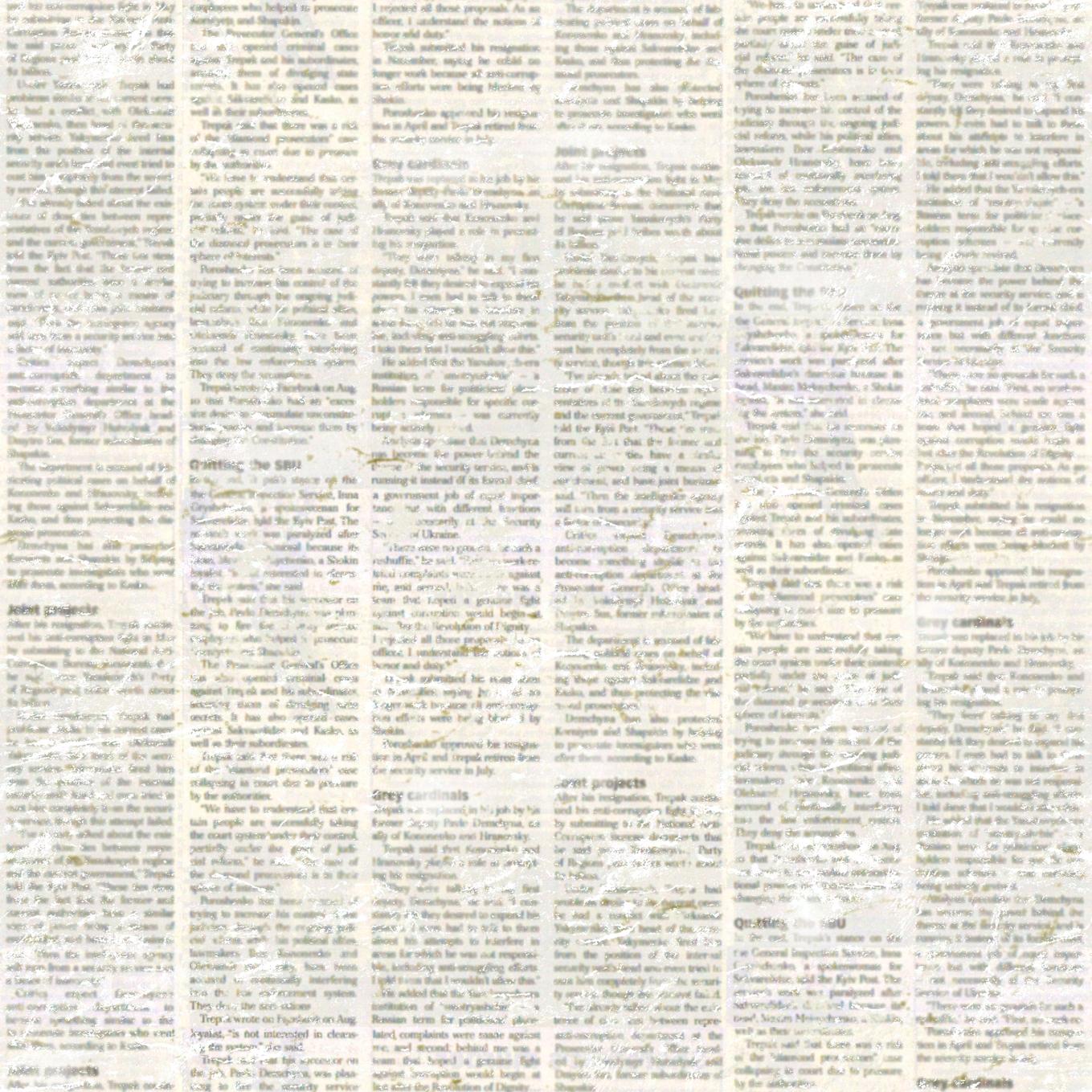
https://forms.
June 26th-28th, 2024
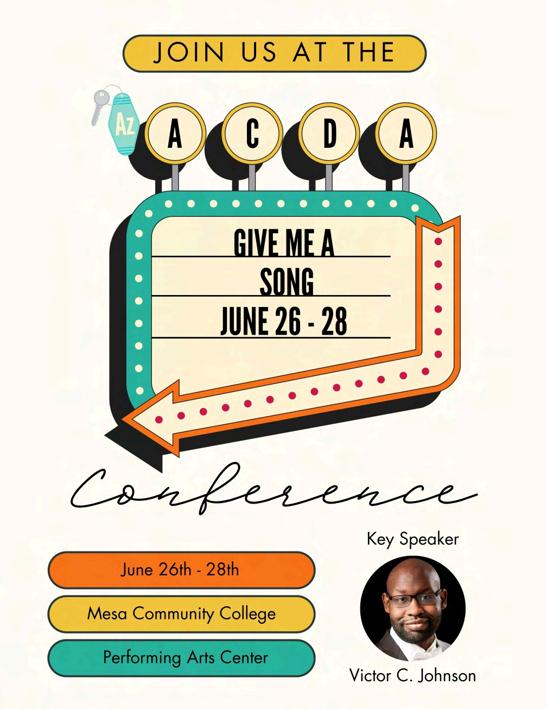
Join Arizona’s ACDA chapter at our 2024 Summer Conference in Mesa, AZ! Get ready for the upcoming school year or season, and reinvigorate your love ofchoralmusicwithus.Anddon’tworry,wehaveairconditioning!
Featuring performances by the Tucson Girls Chorus, Ingleside Middle School, and our Collegiate All-State Choir under the direction of headliner, Victor C. Johnson, as well as interest and reading sessions presented by members of the Arizonachoralcommunityandbeyond!
Registrationprices:
ACDAmembers:$75
Nonmembers:$125
Students(collegiatehonorchoirparticipants):$40
Current ACDA members receive a $50 discount on Summer Conference registrationfromthenon-memberrate.
Free D-Backs Tickets! All Conference attendees who participate in the singing of the Star-Spangled Banner on the field at the Wednesday night game at Chase Field against the Minnesota Twins will receive two free tickets to the game.
CCDA Summer Conference at ECCO
July 21-24, 2024
Conference
Registration
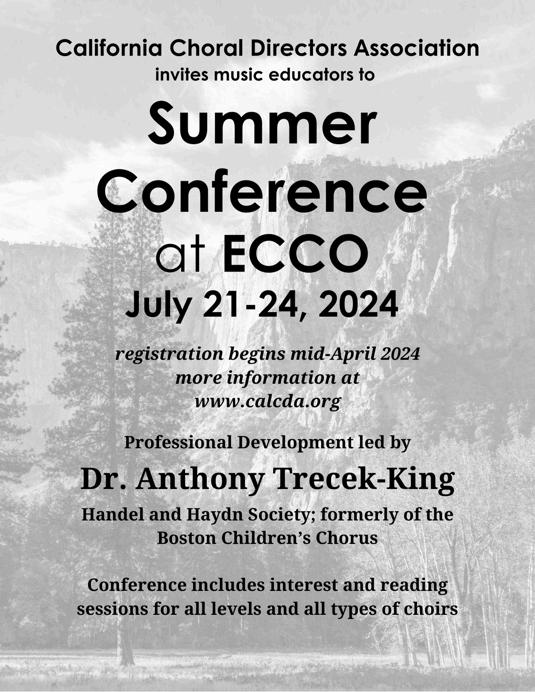
Dr. Anthony Trecek-King is a highly acclaimed choral conductor, scholar, pedagogue, and media personality with a career spanning over 20 years. He is an active guest conductor and serves as a Resident Conductor (chorus) with the Handel and Haydn Society. As former Artistic Director of the Boston Children's Chorus, he has elevated voices, transcended barriers, and championed social change through the harmonious unity of diverse communities. His conference session topics include:
Empowering Singers to Embrace Expression
From "Building the Room" to dynamic activities, and singing exercises, singers will learn to break free from inhibitions, tap into authentic emotions, and infuse their performances with soulful expression. This workshop explores the power of body language, stage presence, and vocal techniques to connect deeply with audiences.
Creating an Environment Where All Can Thrive
Choral music thrives on the foundation of relationships. Just as a healthy choir depends on strong connections, so does a healthy society. In this transformative workshop, we delve into the concept of "building the room." Discover how to cultivate an inclusive space where a sense of belonging flourishes, fostering authentic connections that transcend our differences.
Building An Effective Gesture (conducting workshop)
The Silent Canon (music from composers of African descent)
Critical Conversations (how to have productive conversations in rehearsals)
Raise the Roof: Helping Post-Voice-Change TTBB
Singers Achieve New Heights, Aaron Humble
Crafting Musical Nuances: Enhancing Interpretation
Beyond the Score, Wei Cheng
Voices In Transition, Roger Emerson
Music Literacy with a Dash of Fun, Karen Garrett
Weareexcitedtoinviteyoutojoinusat
June 25, 2024. This conference is a wonderful opportunity for choir directors, singers, and enthusiasts to come together, learn from each other, andcelebratethejoyofchoralmusic.
Herearesomeofthethingsyoucanlookforwardtoattheconference:
Presentations by Dr. Nicole Lamartine: Learn new insights into rehearsal technique and anatomy and movement for conductors, as Director of Choirs at Central Washington University and former ACDA President of the Northwest Region, Dr. Nicole Lamartine, joins us at the conference. View her full, updatedbioonourwebsite.
Inspiring Workshops: Engage in a variety of workshops led by experienced directors and educators. Learnnewtechniques,expandyourknowledge,andgainfreshperspectivesonallthingschoir.
Networking Opportunities: Connect with fellow choir directors and singers from across Utah. Share ideas,forgenewfriendships,andbuildasupportivecommunityofchoralmusiclovers.
Feature Performance: Enjoy a captivating performance by Amavi, directed by Adam Hansen. Be inspiredbythebeautyandpowerofchoralmusicpresentedbymusiciansdedicatedtotheircraft.
Reading Sessions: Find new repertoire for your choir tested and recommended by Utah colleagues in multiplereadingsessions.
Fajita Bar: Lunch is part of the deal as we spice things up with a catered fajita bar, included in your registration.
View the anticipated schedule on the next page. We look forward to welcoming you to a day filled with music, learning, and camaraderie. Come join us at the ACDA Utah Conference and immerse yourself in thewonderfulworldofchoralmusic!
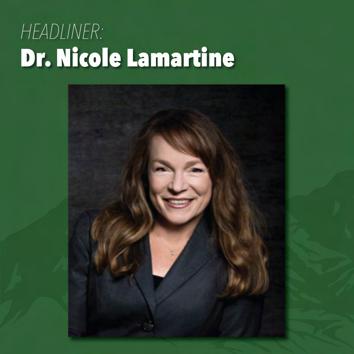
Conference Registration Conference Information
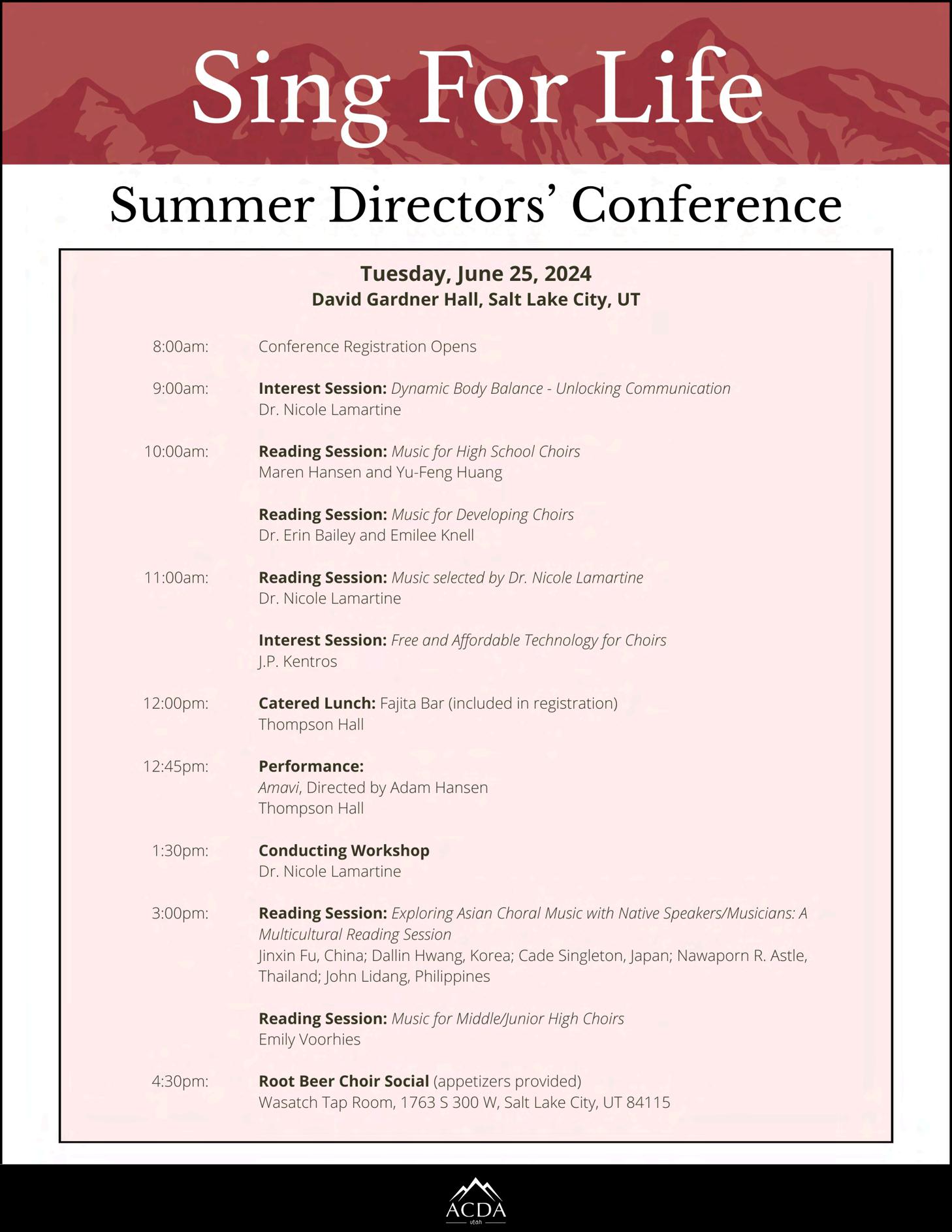
The 2nd Annual Nevada ACDA All-State Choir Conference was, simply put, awe-inspiring. All the singerslefteverythingtheyhadout on that stage. Both conductors created a wonderful program and then brought out the best in the choirs.
@acda_nevada

HI-ACDA’s spring social event,“Food, Fellowship, FUN!”: June 1 This evening will mix the best of both worlds: great companyandgreatfood.
HI-ACDA Professional Development Day: August 31
For choral music educators, directors, andthegreaterchoralcommunity,it’sa chance to share knowledge, techniques, andthejoyofchoralmusic.
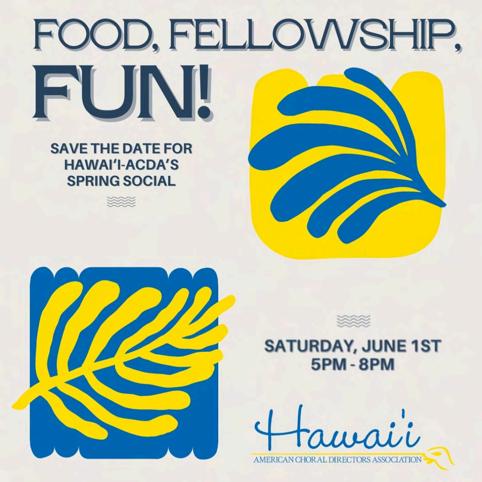
In recent years, there has been enormous progress in Greekchoralart,infact,thegreatestinitshistory.More specifically, a contemporary trend of choral expression directly connected with modern Greek music and moderncultureingeneral,hasflourished.
At the dawn of the 20th century, European choral art was introduced into Greece, a musical genre that had no real connection to the vocal traditions of the mainland, but only some cultural centers that were part of the Republic of Venice or property of noble French families like Corfu, Zante, Crete, and Cyprus. This important development is largely due to the strong influence of the supporters of the established European polyphonic tradition and through their efforts in organizingfrequentperformancesofsuchchoralworks.
Anobviousoutcomeofthistrendwastheenrichmentof the Greek choral repertoire, and occasionally its enrichment, with the western harmonization of the GreekOrthodoxMassandtheGreektraditionalsongs.
The establishment of numerous local choirs throughout Greece created the opportunity for a large number of individuals to come in close contact with this European tradition. However, development was curtailed through the non-existence of a systematic teaching methodology for choral conductors, and also in finding published original choral works. This resulted in experience being gained empirically, especially in the training of children’sandyouthchoruses,whichwereabundant.
Until fairly recently, the majority of choral works were found in rare manuscripts where there are frequent errors. These manuscripts are less in numbers comparedtothescoresofinstrumentaloraccompanied vocal music. It is, however, encouraging seeing that much work is currently being done to bring these works to light, often through the work of doctoral research students and their completion into modern formats. An important contribution to that has been a series of articles concerning choral music, and a series consisting of 11 volumes, titled “For Our Choirs” by Antonis Kontogeorgiou.
Ιn2002,theHellenicChoralAssociationwasestablished thankstotheinitiativeofthemusicteacherand
composer Stephanos Vassiliadis. The Association represents the Greek choirs, and is a member of the International Federation for Choral Music and the EuropeanChoralAssociation–EuropaCantat.
The activity of the Association is multifaceted, aiming at the promotion and cultivation of choral art in Greece.a Notable is the international presence of the Association, which includes participation at international conferences andmeetings.
Someofthecomposersofchoralworksareasfollows: Nikolaos Chalikiopoulos Mantzaros, Spiros Samaras, Emilios Riades, Manolis Kalomiris, Mikis Theodorakis, Manos Hatzidakis, Theodoros Antoniou, Christos Samaras, Dimitris Maragopoulos, Alkis Baltas, Dimitra Trypani, Joseph Papadatos, Michalis Adamis, Nestor Taylor,TasosPappasetc.
Nikolaos Chalikiopoulos Mantzaros (1795-1872) was an importantfigure,directlylinkedtotheItalianSchool.His work is characterized by the intense use of fugue and counterpoint. He was critical towards the extravagances of Romanticism, while his work is considered as an link between idealism and the other prominent philosophical movements of his time in the region of the Ionian Islands. He appears to be the composer of two Latin masses and of the first surviving Greek opera (Don Crepuscolo, 1815), as well of the first work based on Greek lyrics (Aria Greca, 1827) for voice and orchestra, and of the first Greek piano repertoire. In addition, he wrote the first essays of musical analysis and a number of music-teaching textbooks. He set to music a great number of poems of the national Greek poet Dionysios Solomos, with whom was an intimate friend and collaborator. The Hymn to Liberty was a constant concern for Mantzaros, as he did three different compositionsonthehymnduringhislife(1829-1861).
MariaEmmaMeligopoulou, Introduction to the Art of Choral Performance (Athens: Panasmusic,Papagrigoriou-Nakas,1993),9 Meligopoulou, Introduction to the Art of Choral Performance,9 WhoisStegi,lastaccessedAugust29,2023,https://www.stegichorus.gr/%cf%84%ce%b9-%ce%b5%ce%af%ce%bd%ce%b1%ce%b9-%ce%b7%cf%83%cf%84%ce%ad%ce%b3%ce%b7/ KostasKardamis,“Anintellectualofsounds:NikolaosChalikiopoulosMantzaros andthephilosophicalconceptionofmusic”,at:Alexandros-AndreasKyrtsisand MiltosPehlivanos(ed.),Online-Compendiumofgreek-germanintegrations,last accessedAugust29,2023,https://comdeg.eu/compendium/essay/111587/
The first two stanzas of his first version are today the nationalanthemofGreece.
Manolis Kalomiris (1883-1962), a very important musician and composer, who was also a major contributor to the development of choral art. He is consideredasthefounderoftheGreekNationalSchool of Music, while his works are directly linked to the Greek reality of his times and the Greek folk song. Among his works, we can find many choral compositions often based on Greek folk song, 5 operas, 3 symphonies, 1 piano concerto, chamber music, as well asmusicalpiecesforchildren.
Another quite important figure is Terpsichore Papastefanou (1928-2019), who from the beginning of hercareershowedagreatloveforchoralart.Duringthe 50’s, she founded in her native city of Trikala two children’s’ choirs, as well as a male choir and a choir of mixed voices. The last one became famous in Greece and abroad as “Chorodia Trikalon” (Choir of Trikala). Choir of Trikala became a unique example for other Greek choirs, the repertoire of which included works of Manos Hatzidakis, Mikis Theodorakis and various modern Greek song arrangements. In December 1955, the Greek press acclaimed the Choir of Trikala, which went to Athens to give a recital, as “The Light from Trikala”. Furthermore, she attempted to add folk instruments such as the bouzouki, santur etc. to the accompaniment of choirs. Papastefanou made also the known choral arrangement of the Epitaphios (poetry by YiannisRitsos,musicbyMikisTheodorakis).
A very emblematic and influential choral director was Antonis Kontogeorgiou (1945-2018), who was the founder and director of many choirs including the inaugurationoftheGreekNationalRadioChoirERTin 1977, in which he remained as the principal conductor for 32 years. He was the organizer of many choral festivals and masterclasses, cooperated with Radio and Television broadcasts, with record companies, and withthe National Theater, the Festival of Athens and many other important cultural institutions. He cooperated with Greek and foreign orchestras and conductors such as Leonard Bernstein, Vladimir Ashkenazy, Kurt Mazur etc. His repertoire included 142 choral works with orchestra, 87 of which were world premieres,1.030morechoralworks,aswellas21operas andmorethan800lieder.
The archives of Antonis Kontogeorgiou are kept at the Hellenic Choral Association, are an important source of theGreekchoralrepertoire.
Other important figures who have influenced the development of Choral Art in Greece in 20th and 21st centuries are Yiannis Mantakas, Triseugeni Kalokyri, MichalisAdamisandMirandaCaldi.
Αstimeproceeds,wecanidentifysignificanteffortsbeing made in the development and evolution of choral art in the Greek educational system. These developments include the publication of choral scores for children’s and youth choirs, and teaching manuals in Greek language.
Moreover, very important developments have been made in the fairly new-formed music departments in the Universities of Greece. The Department of Music Studies of the Ionian University, inaugurated in 1992, has students majoring in choral conducting for mixed choirs, and students majoring in the conducting of children’s and youth choirs. Students of music pedagogy at the IonianUniversityarealsoobligedtofollow4semestersof choral conducting for school choirs as part of their study plan. The Department of Music Science and Art of the University of Macedonia, inaugurated in 1996, also offers the possibility of majoring in choral conducting since 2017.
A whole host of young and promising future choral directors of both mixed choirs and children’s & youth choirshavealreadygraduatedandareleadingtheway.
Important is, also, the practical choral experience gained by all these students through their attendance at rehearsals of the universities’ choirs and the specialized chamberchoirs.Theuniversitychoiriscompulsoryforall students in the first 4 semesters and 10 semesters compulsoryforconductingstudents.
ManolisKalomiris,lastaccessedAugust29,2023, https://virtualmuseum.nationalopera.gr/en/virtualexhibition/persons/kalomiris-manolis-1077/ ThanasisKaliaras,“
”,lastaccessed August29,2023,https://www.efsyn.gr/tehnes/moysiki-horos/224374_ekane-tishorodies-elliniki-ypothesi. AntonisKontogeorgiou,lastaccessedAugust29,2023, https://www.tch.gr/default.aspx?lang=el-GR&page=44&id=2128
Postgraduate studies and doctoral programs in choral conducting have added to the rich development of choralartinGreece.
Last,butnotleast,manysignificantinternationalchoral directors have been invited to give summer classes at the International Summer Academy for Children’s and Youth Choirs of the Ionian University, which was inaugurated by Dr. Prof. Miranda Caldi in 2010. These include Jean Ashworth Bartle, Andre Van der Merwe, Andre Thomas, Doreen Rao, Zimfira Poloz, Joshi Kinoshita, Maria Guinand, Basilio Astulez, Joy Hill and RomānsVanags.
Bearing in mind the outstanding examples of the great Greek composers who contributed enormously to the promotion of choral art, and the current developments in the training of Choral Directors, we believe in a continuouslybetterfuture.
Written by choral conducting students under the supervision of Assistant Professor Dr. Dimitris Ktistakis
Alkinoos Th. Papagianellis, Christina Teli, Margarita Papadimitriou, Bora Kolitsi, Eleni Rizou, Andreas Goussis, Filippos Boubaras
Department of Music Studies, Ionian University, Corfu
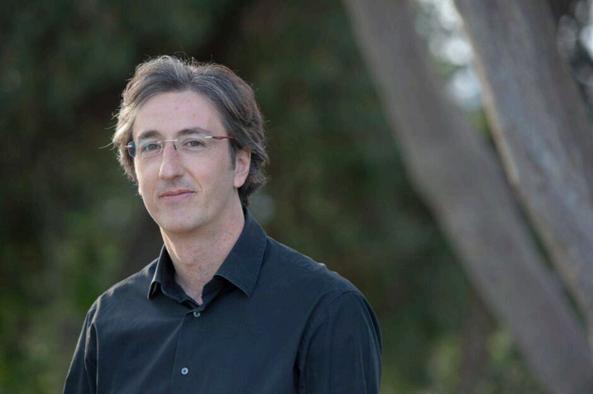
Dr. Dimitris Ktistakis is Assistant Professor of Choir Conducting at Ionian University. He was born in Larissa and began his musical studies at the Municipal Conservatory of Larissa. In February 2020, he presentedhisPhDthesisentitled“The Westernliturgicaltraditionasamodel in the works of Neo-Greek composers: An interpretive approach.” As part of the thesis, he presented the Second LatinLiturgyofN.X.Mantzarosforthefirsttime.
He is the founder and artistic director of the Women's Vocal Ensemble"InDONNAtion"."InDONNAtion"wasincorporated following a proposal by the Board of the Municipal ConservatoryofLarisain2015totheDOLandhasbeenunder itsauspiceseversince.With"InDONNAtion"hehasfourgold medals in his possession, which are accompanied by two category wins, in four consecutive competitions in Kalamata (2015), Corfu (2016), Riga in Latvia (2017) and Fundao in Portugal (2018) where he was also the grand prize winner of the contest. Winning the Grand Prize is perhaps the greatest achievement of a Greek choir in an international choir competition.
He has collaborated in oratorio and opera projects with the orchestras ERT National Symphony Orchestra, ERT Contemporary Music Orchestra, Symphony Orchestra of the Municipality of Athens, State Orchestra of Athens, Kamerata andtheChoiroftheMunicipalityofAthensin45productions.

Background
Theseedsforthiscolumnwereplantedquiteafewyears ago at the 2016 Pasadena WACDA conference where Lou De La Rosa, then California ACDA President, and David V. Montoya, California ACDA Choral Composition Chair, introduced composer chats. Since that conference, the composer track offerings have grown exponentially, and the sessions at the 2024 Pasadena Conference had some of the highest participation numbers of any of the Advancing the Art offerings. Here in the Western states, we are incredibly fortunate to live and work among some incredible composingartists.Manyofourlocalworkingcomposers are also members of historically marginalized communities, including people of African, Latinx, Asian, and Indigenous descent; women; immigrants; membersoftheLGBTQ+community,amongothers.
I have been fortunate to work with and for choral organizations that care deeply about diversity and representationformostofmycareerthusfar,andyet
Lucy Cook
I know there is still so much to learn and do. I chose to take the opportunity presented with the task of authoring this article to learn more about the practices of equity and inclusion in respect to commissioning new works,andpresentedthefollowingpromptstoahandful ofourregion’sdiversecommunityofcomposers:
1. Share your experiences in regards to access, equity, and inclusion in recent years, including representation of your music, commissions you’ve received, and/or barriers you have faced.
2. What do you wish people knew/recognized/honored when commissioning a new work from you?
You might consider this a commission of thoughts and feelings as opposed to music; however, I hope it sings to your heart as much as it has to mine. Juhi, Sergio, and Jennifer: thank you for your contributions to this article, and for your service to our region.
I think it’s worth saying that while I recognize that I represent a gender minority, I am still white and cisgendered, and therefore want to acknowledge that privilege! The first few years of my composing journey wereparticularlychallenging,especiallywhenitcameto being taken seriously as a professional. Partially because I went to a conservative university (BYU), a lot of the attitude assumed that I was learning to compose as a pleasant pastime until I became a wife and a mother. Furthermore, I had zero female composers as mentors, role models, and I'd never even met one in real life. It seemed like a unicorn job that might not actually exist for a girl! And so, I looked for literally *any* evidence that music that I admired was written by women. As a high schooler, I discovered the composer of The Music Man wasMeredithWillson.
Howexciting!AndthelyricistLeslieBricussehadwritten on Willy Wonka and on the film Hook alongside John Williams. Fantastic! These examples fueled me, and it wasn't until well into my college years that I learned that they, too, were men. But it was too late; by then I'd alreadybeeninspired!
But even though I was inspired, I experienced closed door after closed door, while my male peers got internships and jobs. But then with the Me Too movement, which coincided with my move overseas, there was a massive shift in the awareness about women in the professional workplace. As a result, opportunities began to open in the composing world, and I began to gain the respect from my colleagues that my male counterparts had automatically had. The Me Too movement is a brilliant example to me of how activism andmovementsofawarenesscantrulychangelives.
I am grateful for how much interest there has been in recent years in highlighting both music by diverse groups of composers, and music that stylistically draws upon influences outside the classical choral norm. I'm Indian and grew up in Hong Kong, so juxtaposition of culture and style are a cornerstone of my music. My most recent choral project - a setting of Fear (Becoming the Ocean) by Khalil Gibran - was commissioned by Choral Arts Initiative under conductor Brandon Elliot, and ties together music drawing on Hindustani vocal techniques with soaring, immersive aleatoric textures. I’ve also been grateful to see more groups willing to experiment with non-Western vocal techniques as well –my piece Aurora, which features solos inspired by the Sámi tradition of kulning, has been performed by a number of groups that have been really open to experimenting with timbre, exploring vocal sounds we don’t normally associate with chorus. I'm excited about these types of projects where I can draw on traditions, textsandstoriesverydeartomybackground,andwhich historically have been overlooked and neglected within theEuro-centricframe.
In terms of barriers, I feel there’s too often still a surface-level engagement with diversity, working with quotas and tick boxes rather than truly being open to the wealth of musical, cultural, viewpoint diversity that actually exists within the field. It sometimes feels like we [AAPI composers] are seen less as individuals and artists, and more as a swatch of skin color, a cultural identity that’s interpreted at glance as “other” or “dark”. Of course we gravitate towards working with the people and groups with whom our voices, styles and valuesresonate,butwithinthebroaderfielditcanoften feel like we’re seen more as a representative of a particular demographic than individuals, that people don’t see you so much as the broad category of culturegender you represent. I’m so very grateful for the collaborators that engage with diversity on a deeper level than this – it allows us to create much more meaningful and interesting work, and hopefully widens the crack in the door to make it easier for the next group of composers - from all sorts of different backgrounds–tryingtobeseenandheard.
Sergio BarerI was born in Mexico and I am also Jewish. In my experience, the choral world is much more open to cultures and ethnicities than the greater world at large. At the WACDA conference I had two signs at my table, labeled Jewish music and Mexican music. Even in the state of the world and the turmoil we are seeing today, no one had a negative comment about my Jewish culture.
Others I know have not had the same experience and have faced difficulties. Everyone was engaging, curious, and supportive. I am very thankful and glad to be a part of the choral community, and especially grateful to WACDA for giving composers such a strong platform at therecentconference.
Masterworks are masterworks, and while they are beautiful, for every great masterpiece there are hundreds if not thousands of other earlier works by the same composer. We are the custodians of a great, great legacy.Wehavetopreservethatlegacy,butwealsohave topushtheartforward.
I have found there are challenges come with text and communication. When you choose to commission a work by a composer, you have to work with them. It is hard to open one’s ears to things that are different. We composers try to make beauty in new ways, and there needs to be openness on the receiving end. If you want to really love the piece, it is a process: conversation and collaboration, particularly in regards to the text. I’ve had some commissions that weren’t well received, and that usually was because there wasn’t enough back and forth. Commissions are not “one and done” situations. It is important to have conversations about motivation andinspirationaswell.
Everythingtakesmoretimethanyoumightthink,sothe more time you can give us, the better. I too often have to turn down commissions I would love to do, because I’m asked only a few months in advance. If at all possible, I would recommend having that initial conversationwithacomposeraseasonprior,ifnoteven earlier than that. They can be informal conversations at first, but I feel it’s important to reach out to composers earlierratherthanlater,notonlyforthemtomaketime for the project, but to find texts, get permissions and enablethemtodotheirbestwork.
Similarly, all the little things we ask of composerscreating practice tracks, MIDI mockups, introductory recordings, social media materials - also all take time. I think most composers are happy to do these, but it’s often frustrating to have nothing mentioned about it early, and then in the last few days leading up to a performance (generally while you’re working on another project or two) to suddenly be asked to do a lot of additional work that time hadn’t been budgeted for. If having these kinds of materials is important to you (and I agree they are often very important) – it should be discussed early and clearly when you are drawing up your commission contracts. That avoids frustrating surprisesforeveryoneinvolved.
Jennifer Lucy CookI wish people knew that just because I am a female doesn't mean I necessarily need to write about the female experience, which is something that's been suggested to me multiple times. I completely understand the impulse to ask a female composer and lyricist to speak to the female experience in song, because it's certainly true that there isn't a great deal of existing repertoire that does so! And, I have even enjoyed writing feminine-leaning music and lyrics to fill these briefs. However, men get to write about whatever they want; why can't I? I personally feel that I best represent my female identity AND our shared desire for gender equality by writing for wide, human emotions thatexistacrossallgenders.
To connect with Juhi, Sergio, or Jennifer:
JuhiBansal
juhibansalcomposer@gmail.com https://juhibansal.com/
SergioBarer
labrysa1914@yahoo.com https://sergiobarer.com/ PodcastonSpotify:Let’sTalkAboutMusic!
JenniferLucyCook
jenniferlucycook@gmail.com https://jenniferlucycook.com/
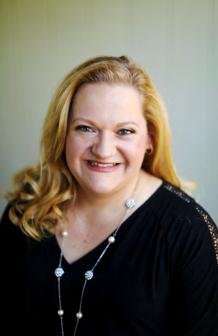
KristinaNakagawaisthefounding Artistic Director of Resounding Achord Productions, and has been performing in Silicon Valley since 2001. She is also the Executive Artistic Director of Vivace Youth Chorus of San José, and previously directed choirs at San José State University, UC Irvine,PinewoodSchool,andSt. Francis Episcopal Church. Ms. Nakagawa has a degree in Vocal Performance from UC Irvine where she studied conducting with Joseph Huszti, and a Master’sDegreeinChoralConductingfromSanJosé State University. While at SJSU, she was honored to study with Dr. Charlene Archibeque and sang with the world-famous Choraliers. Kristina is currently President-Elect for the California Choral Directors Association, and has served on the Western ACDA DEI committee since 2022. She and her husband, Ryan, are the proud stage parents of their son, Russell.
Conference Chair Cari Earnhart signing off...
